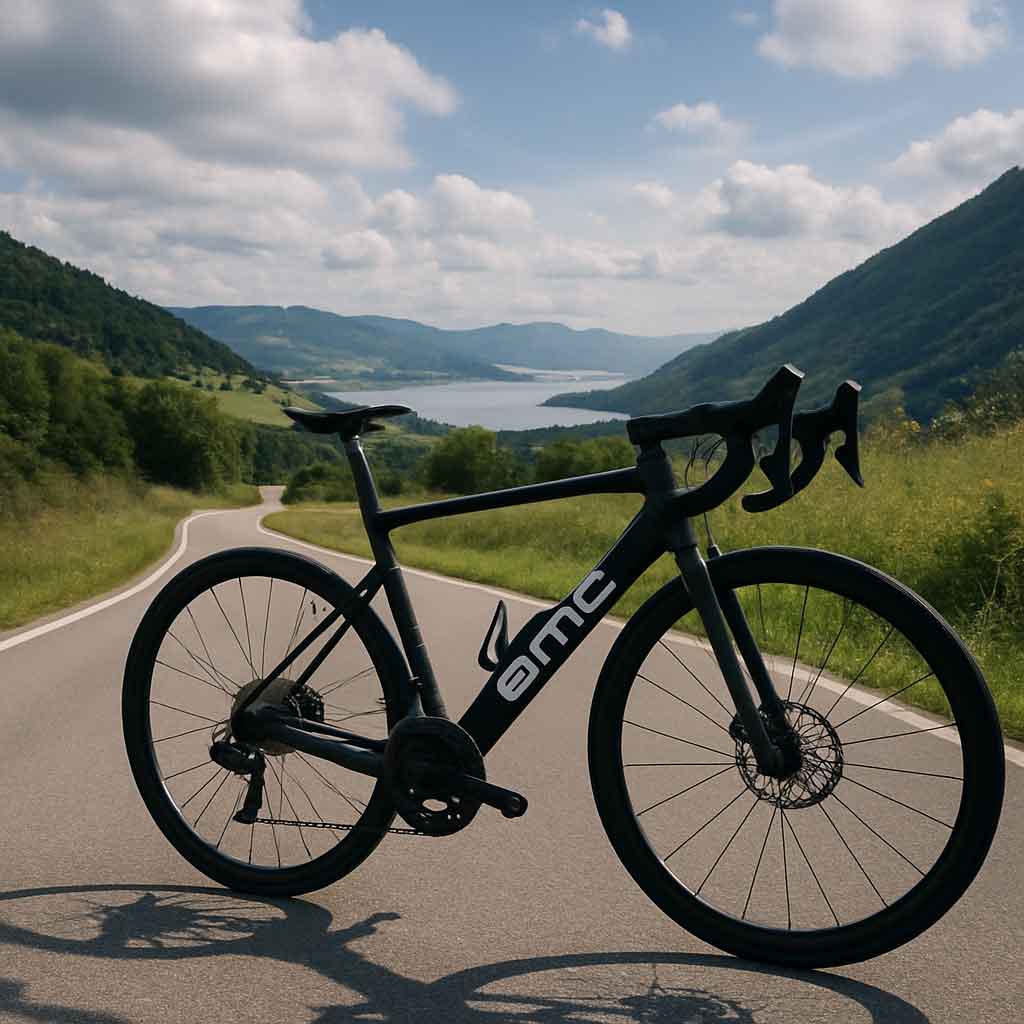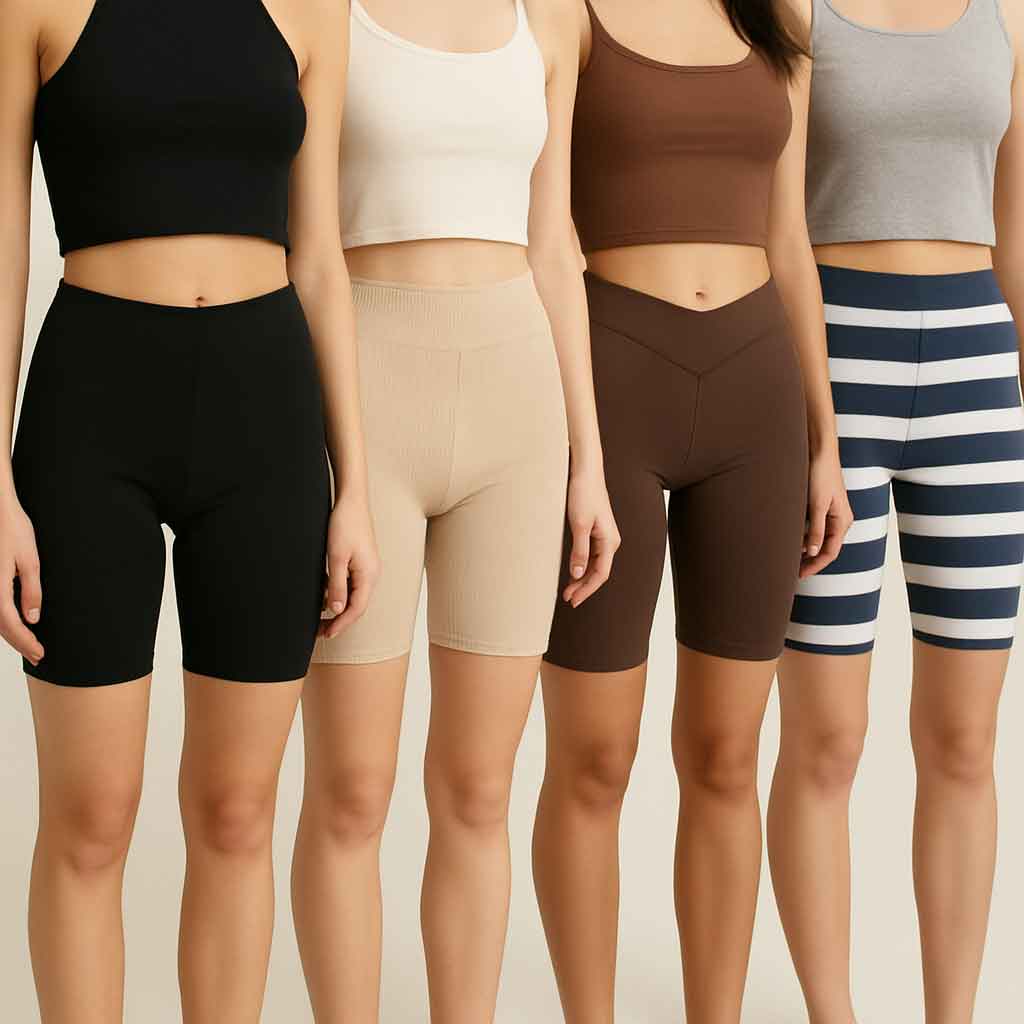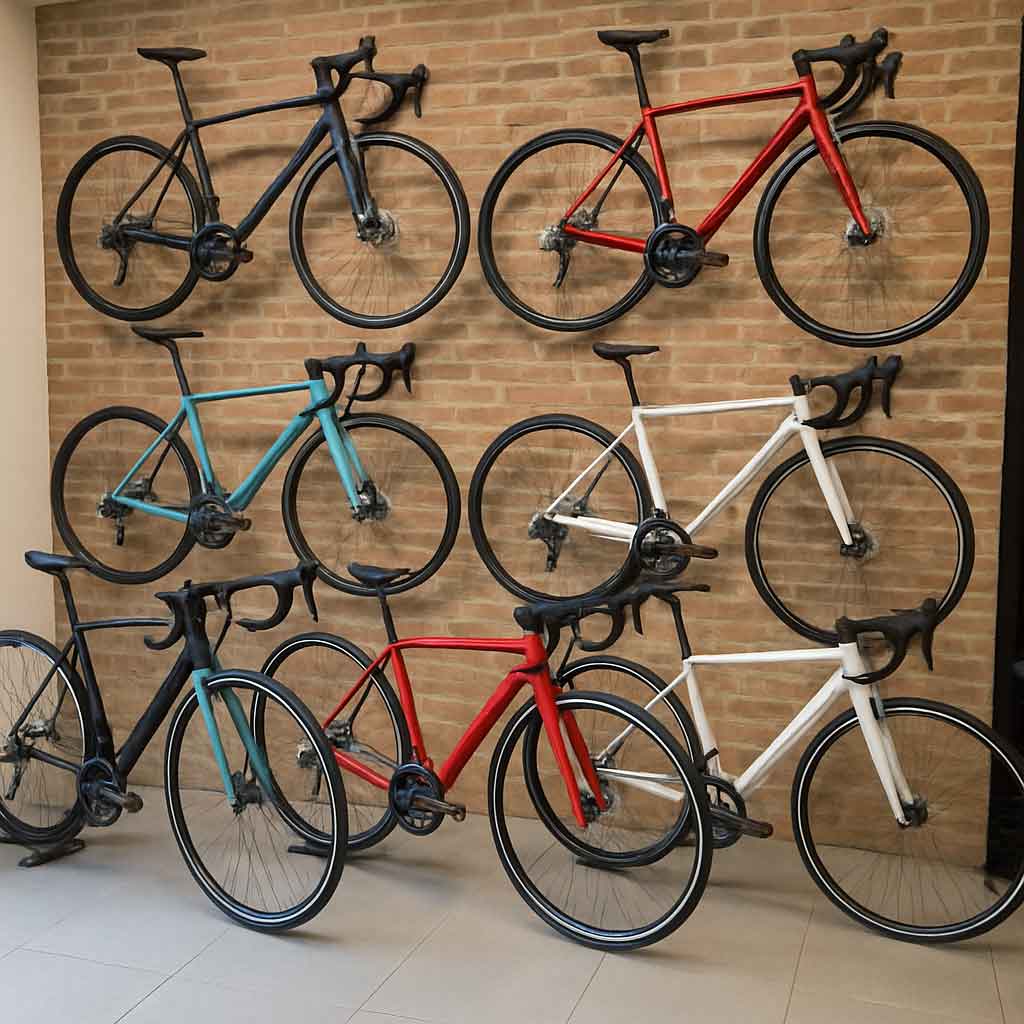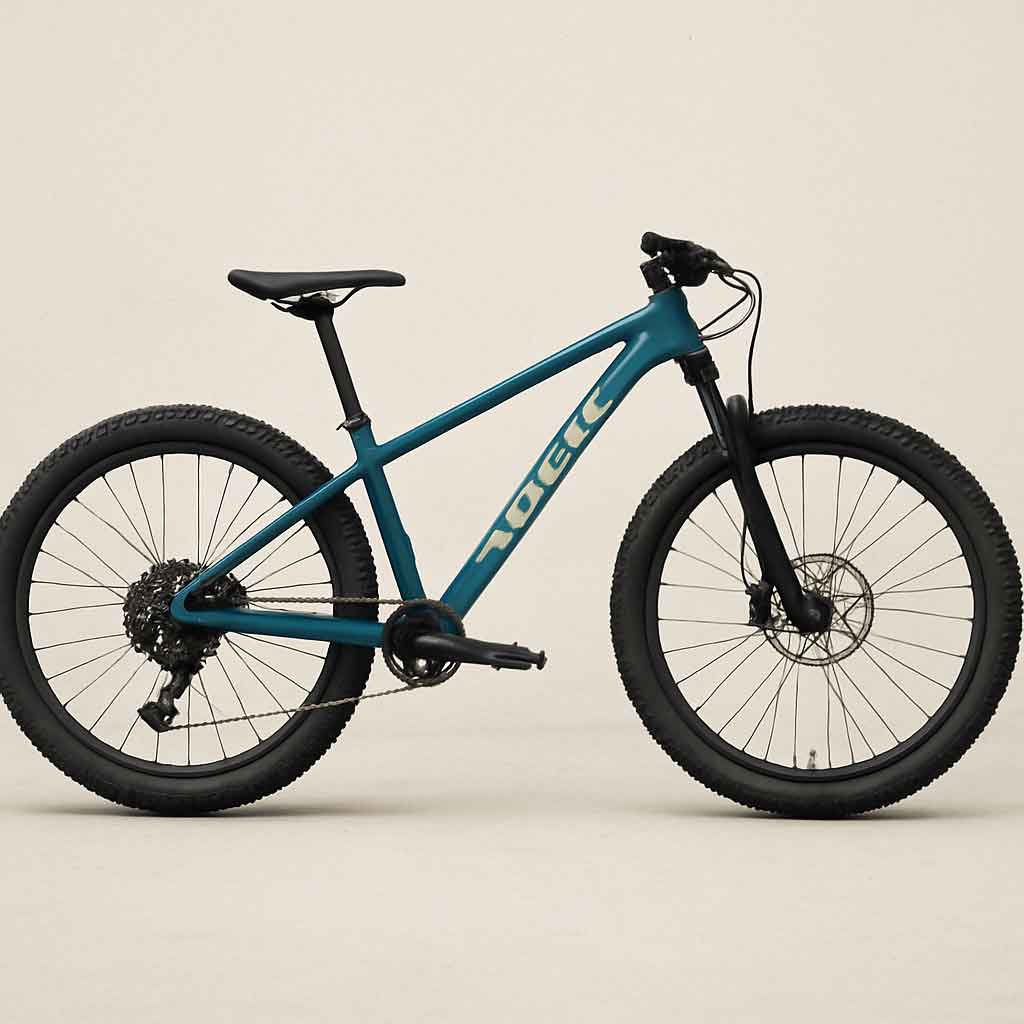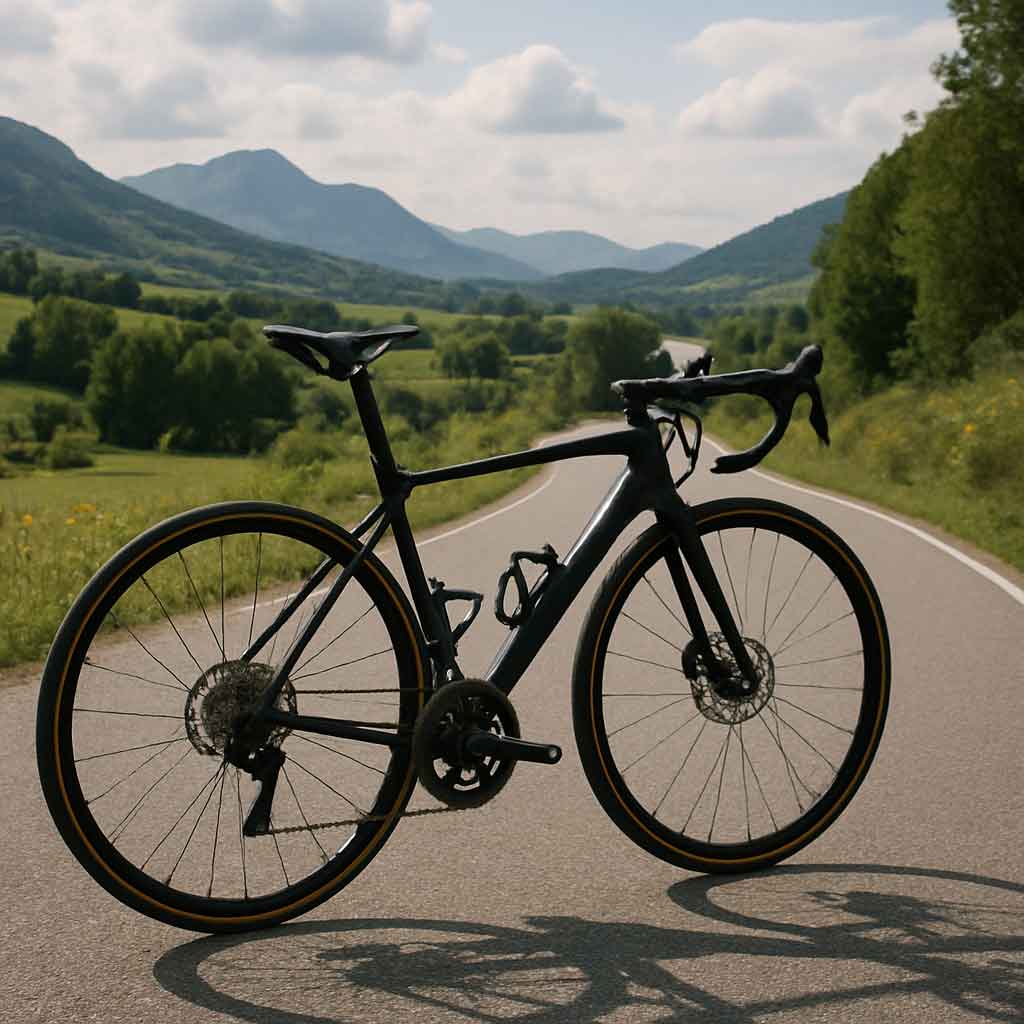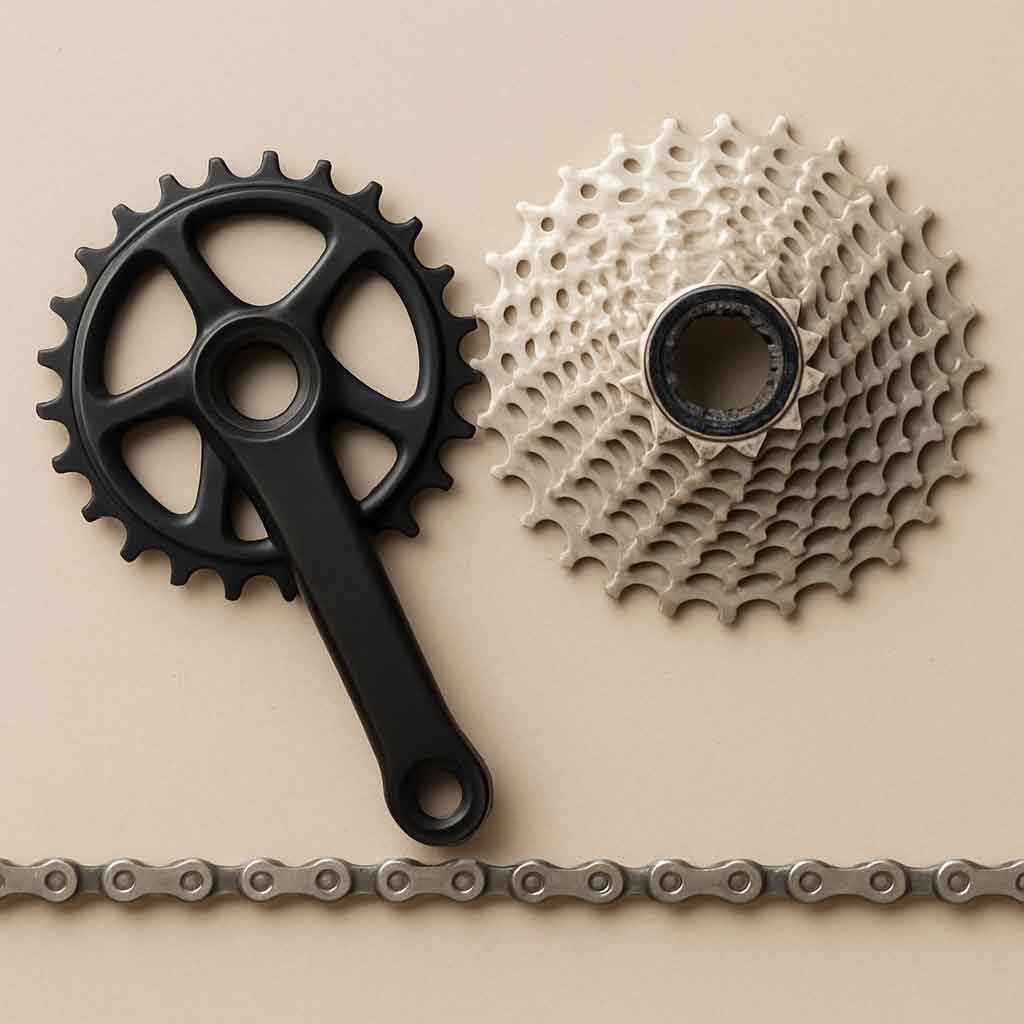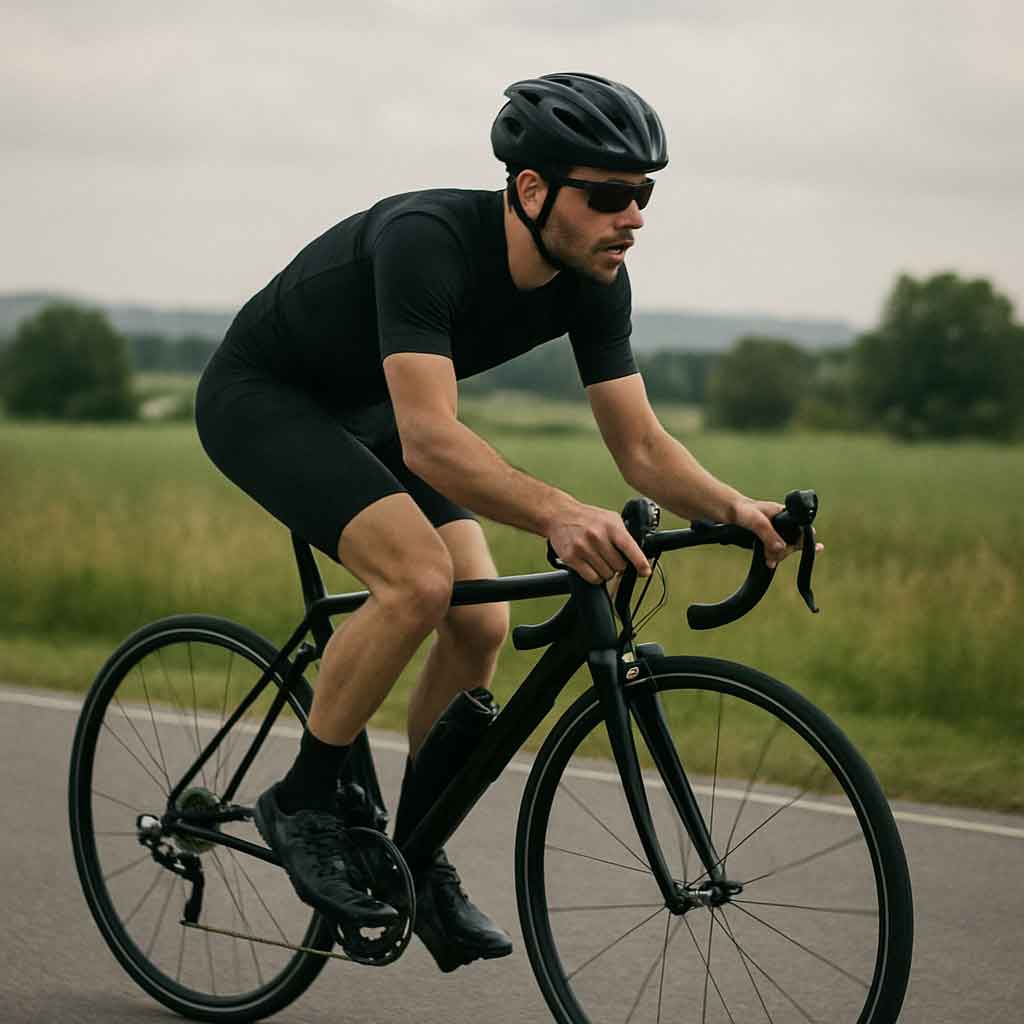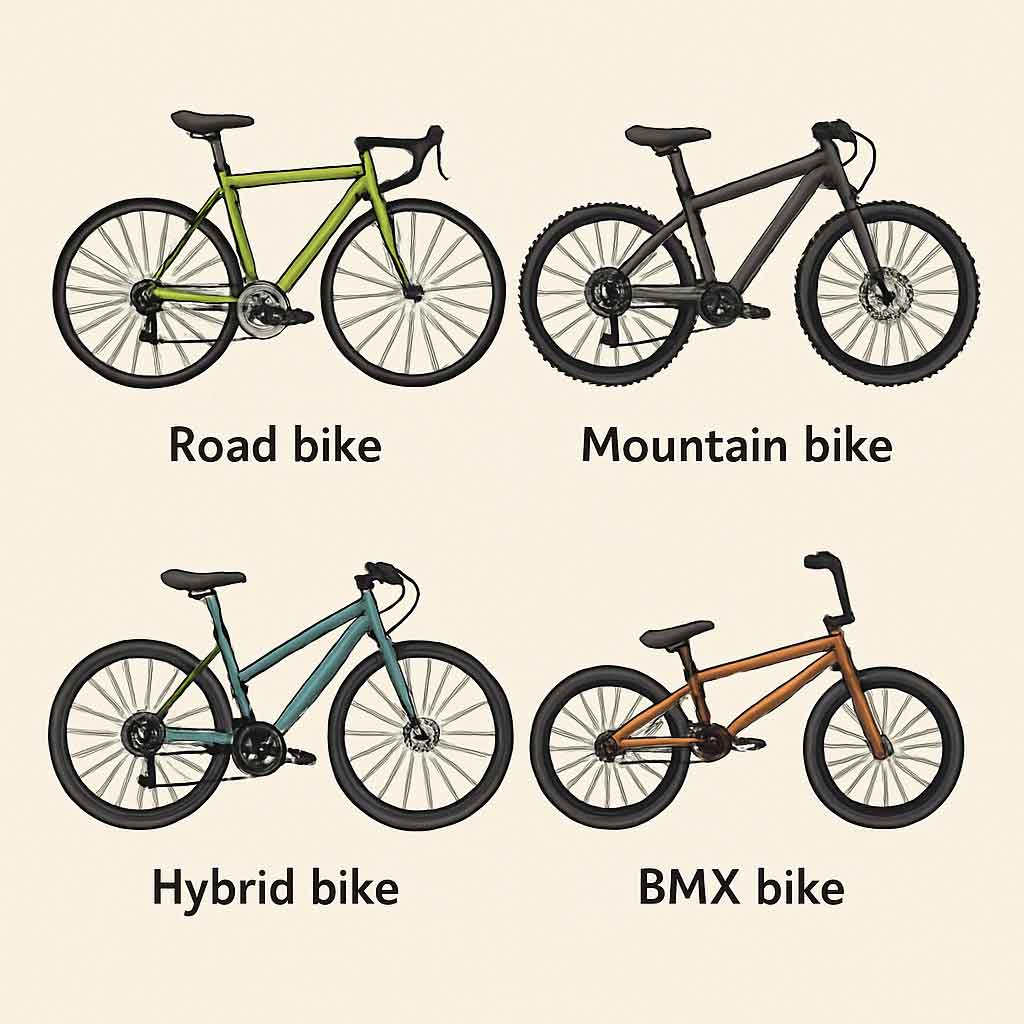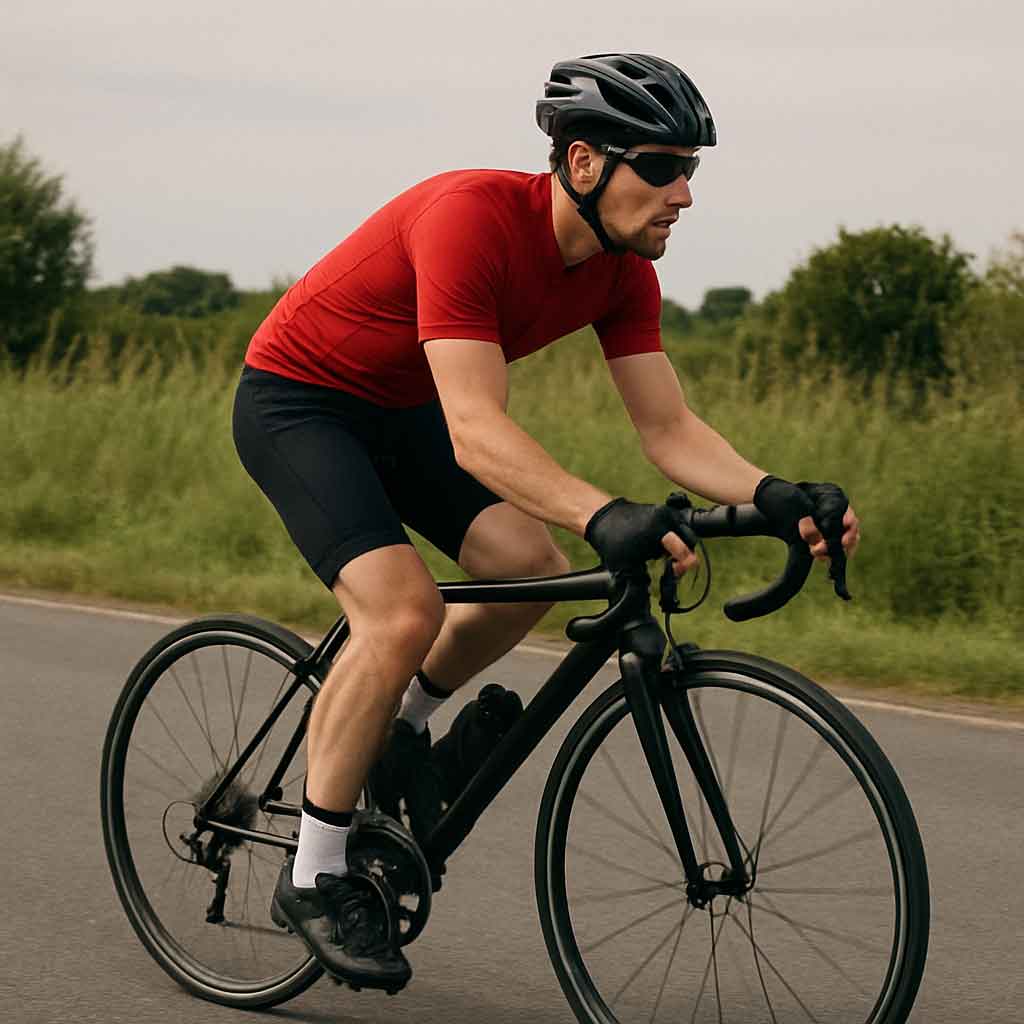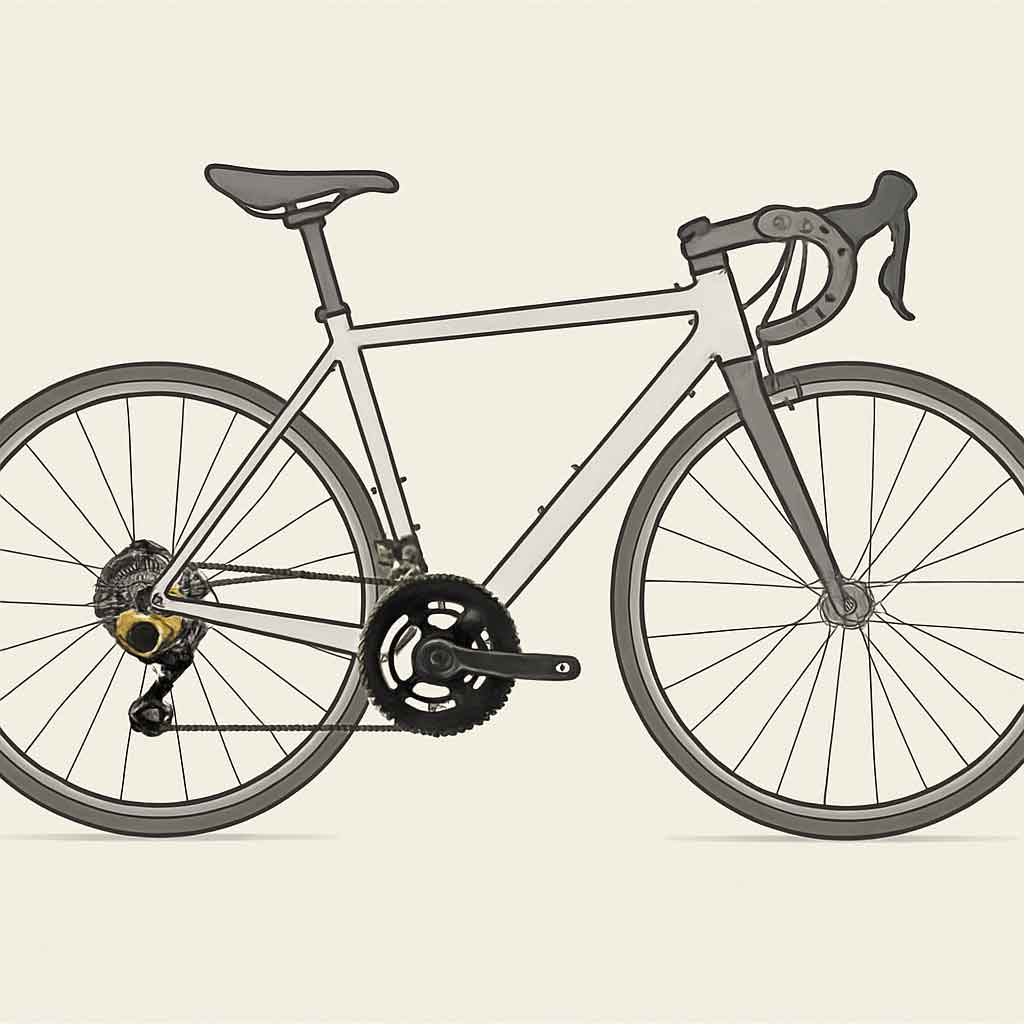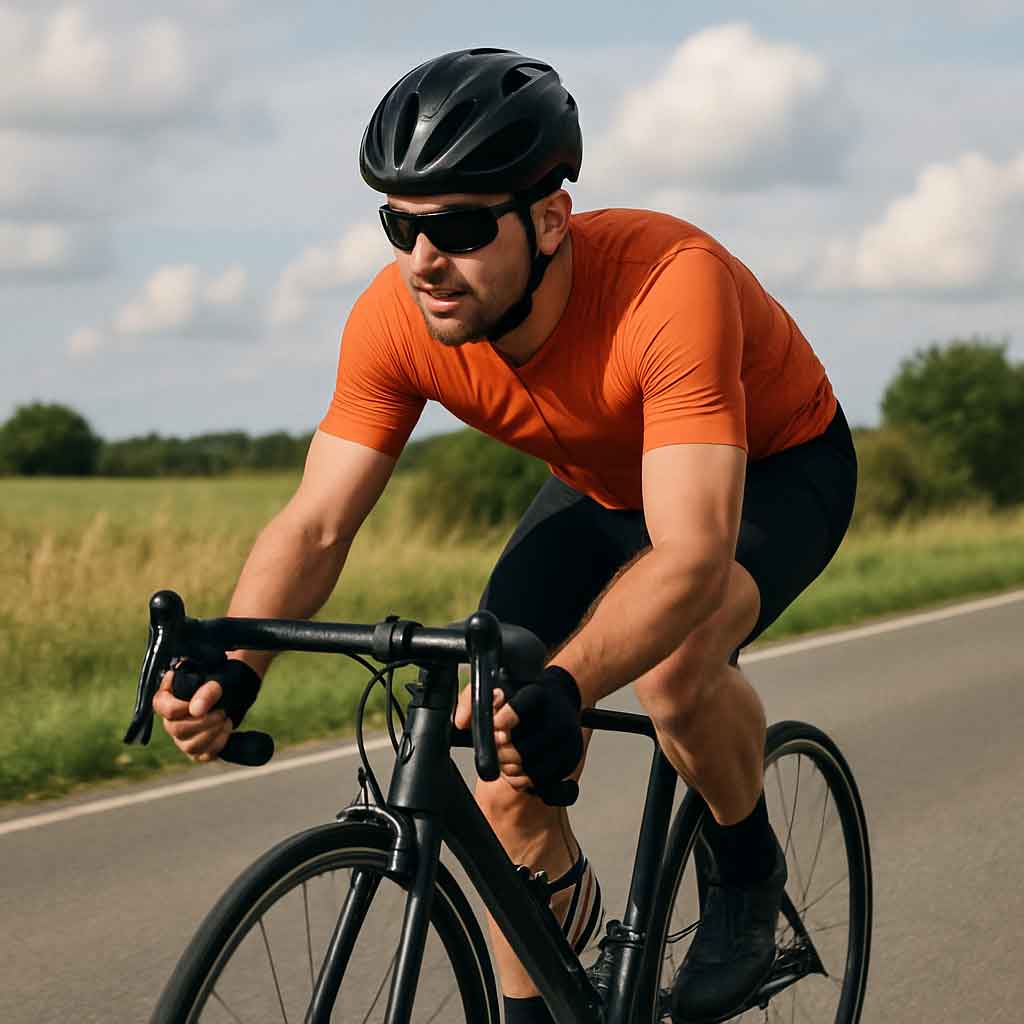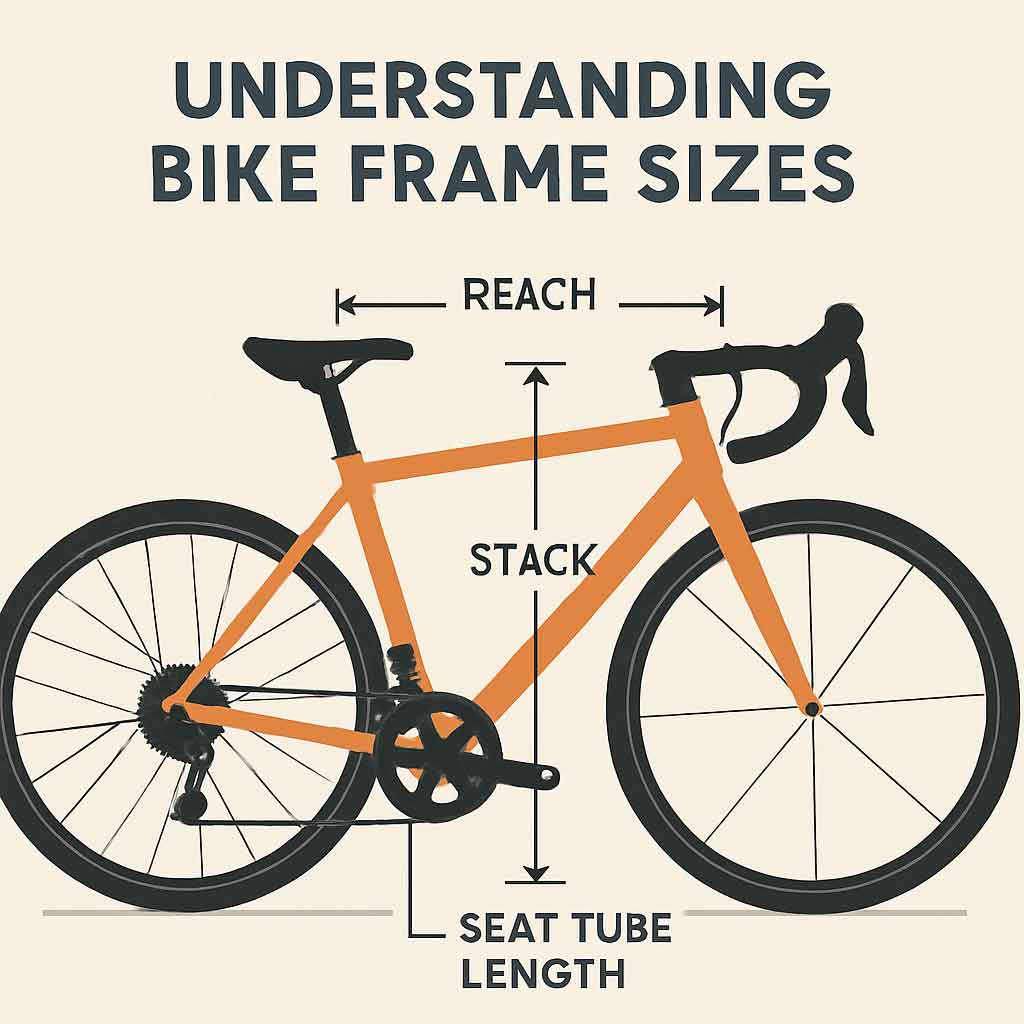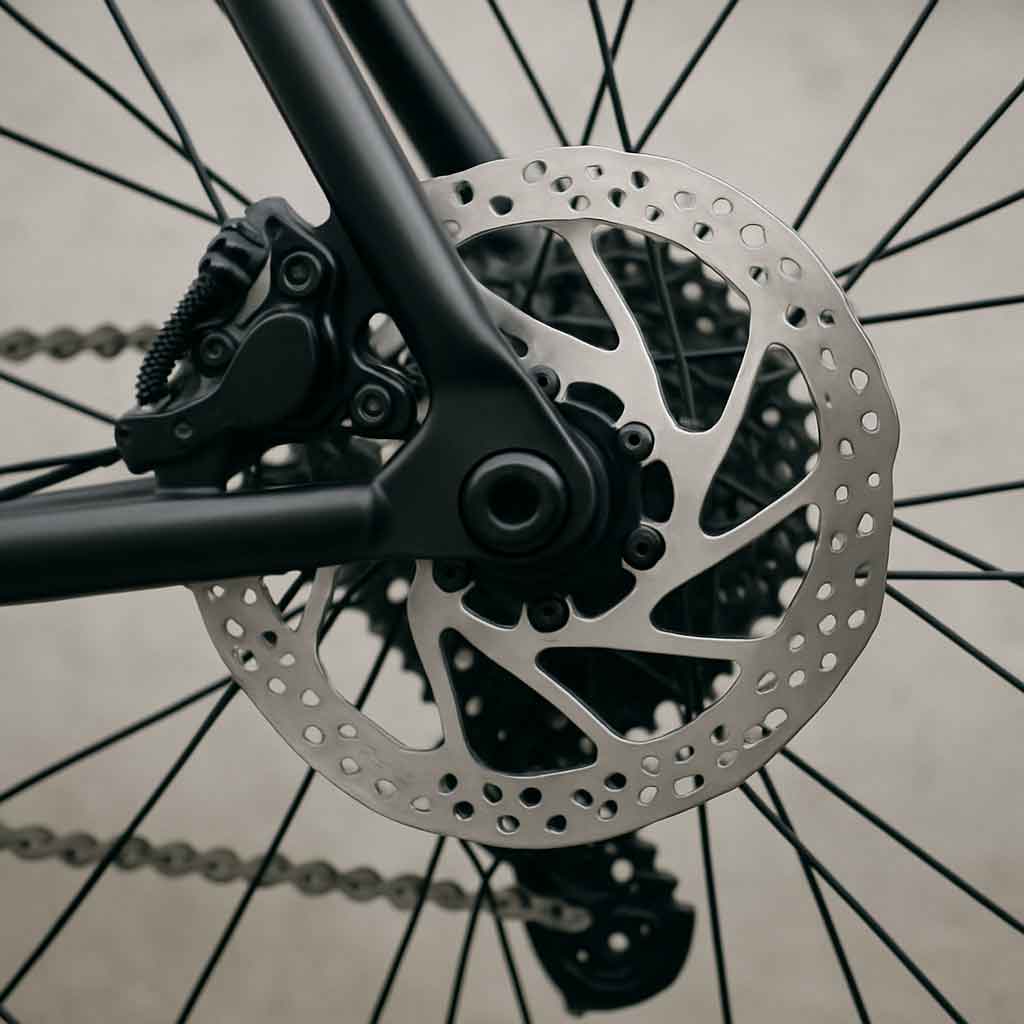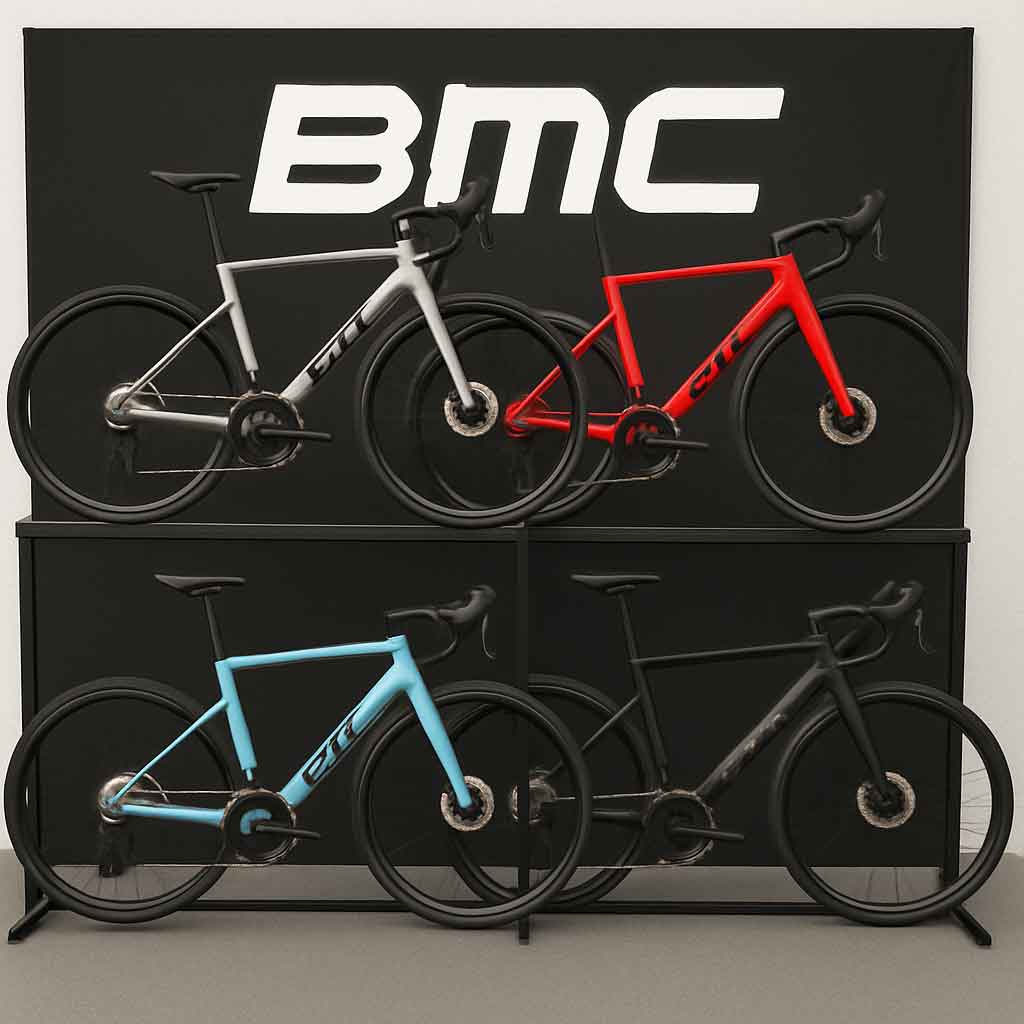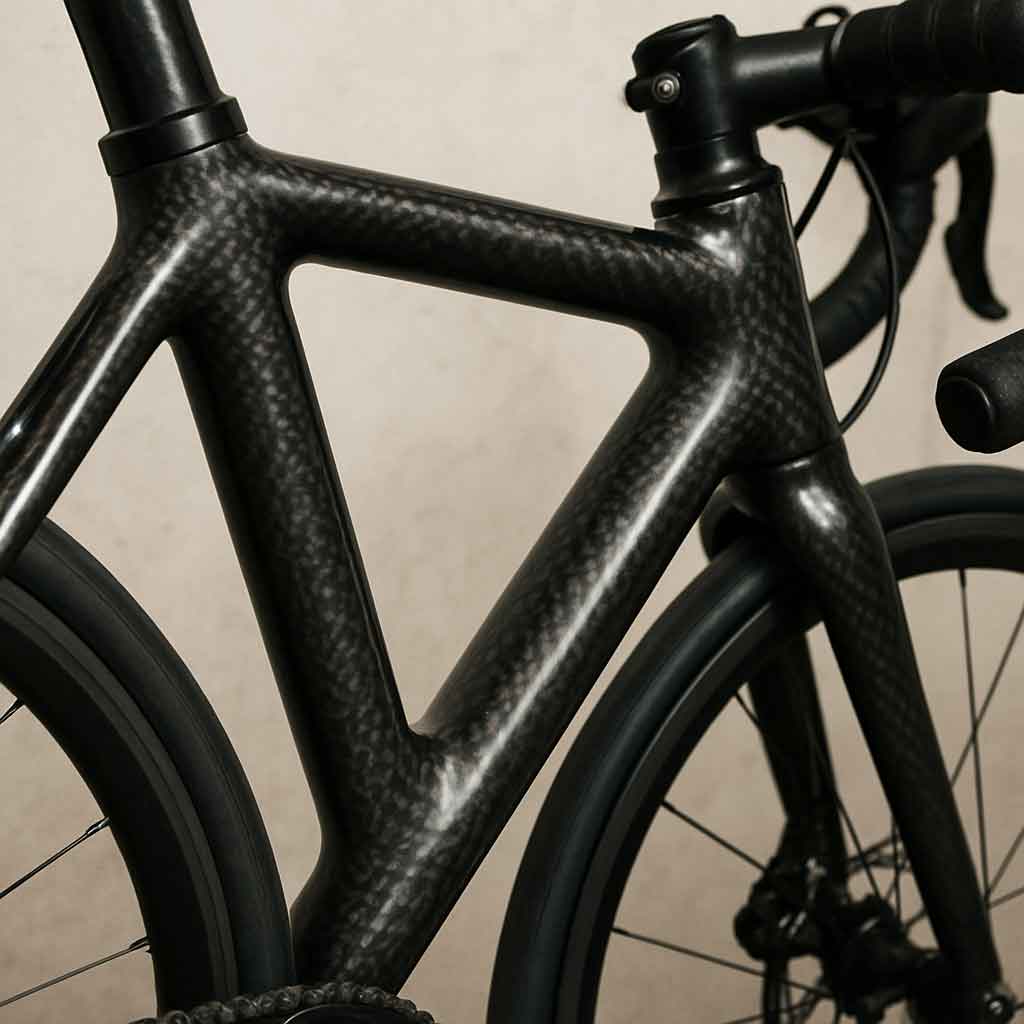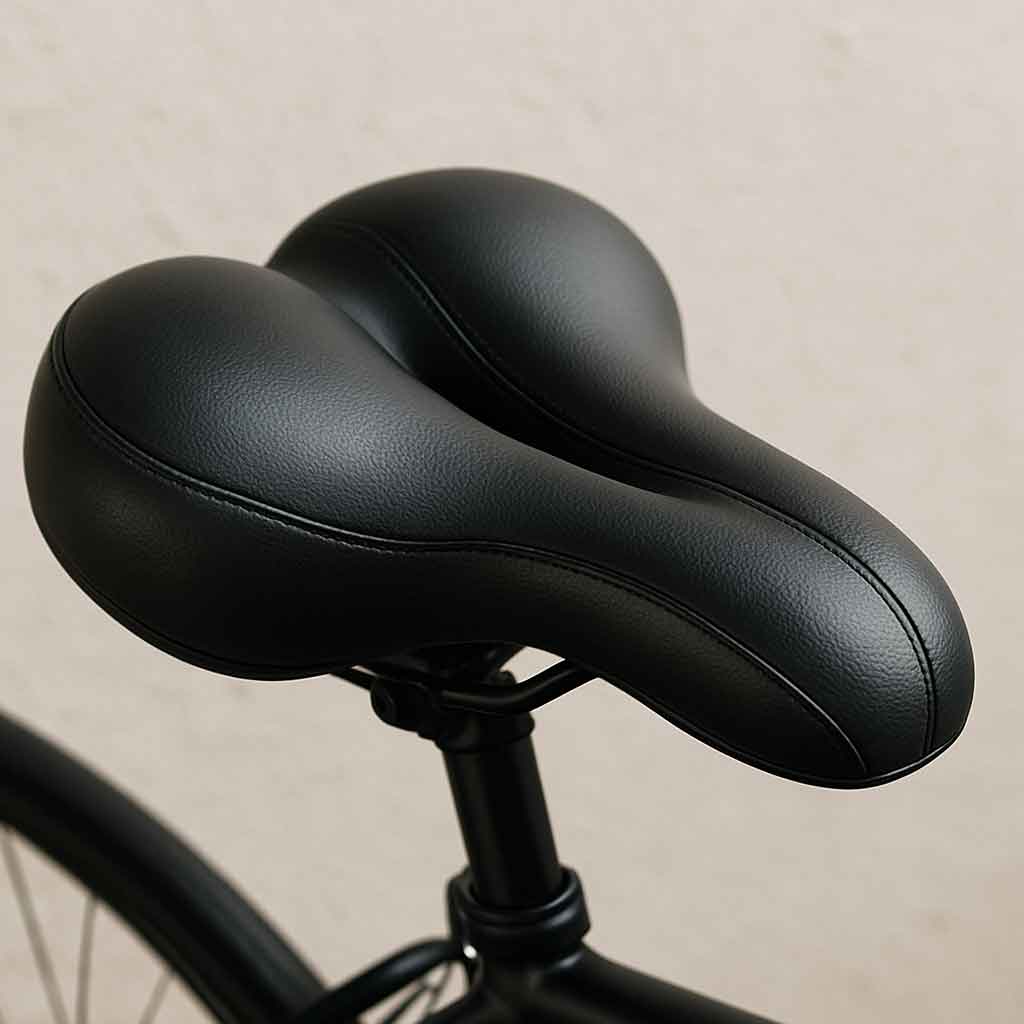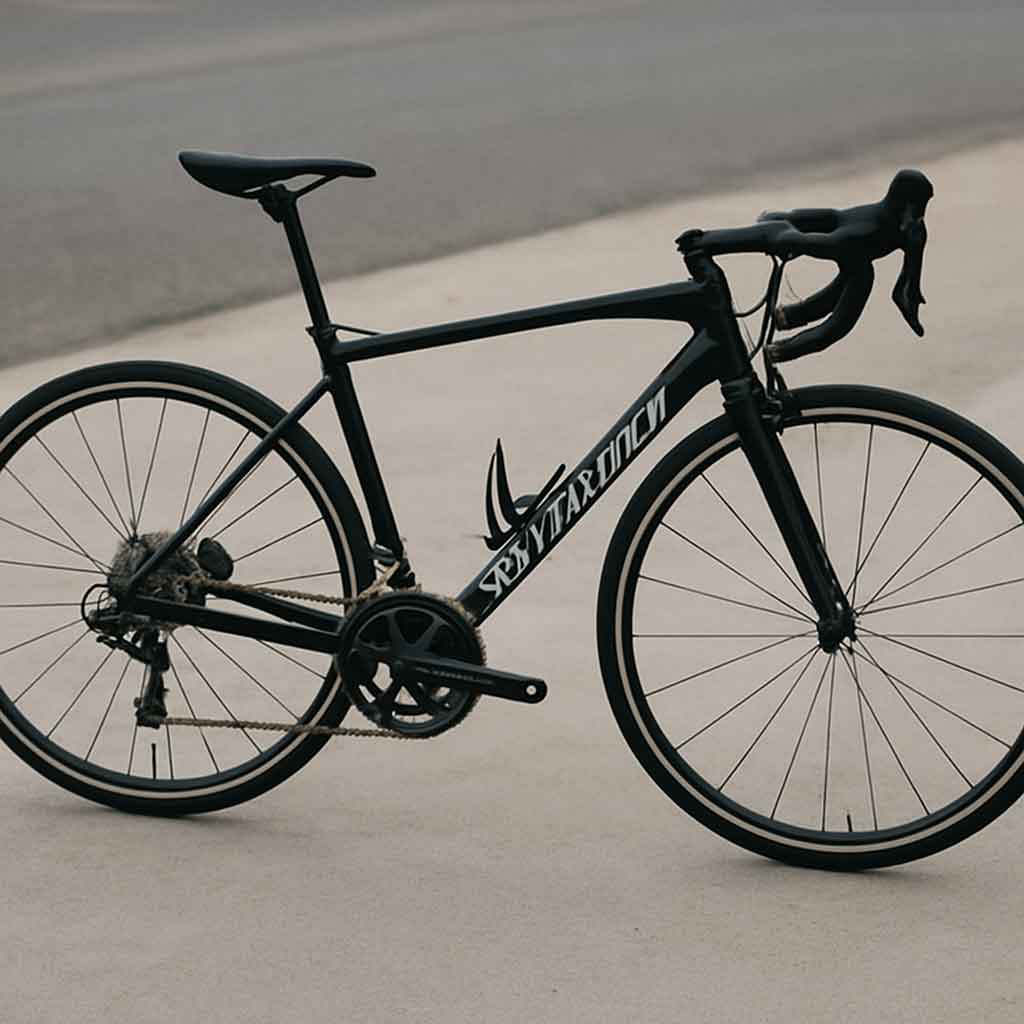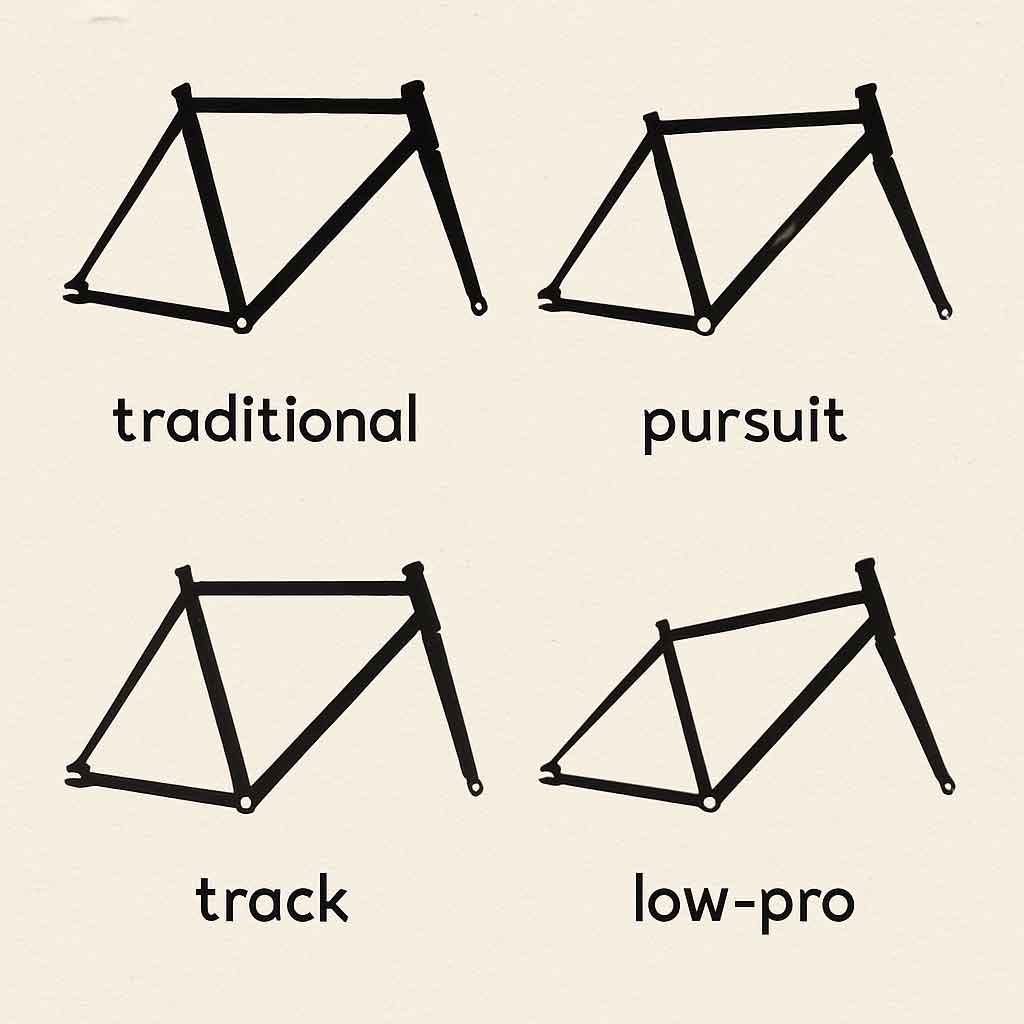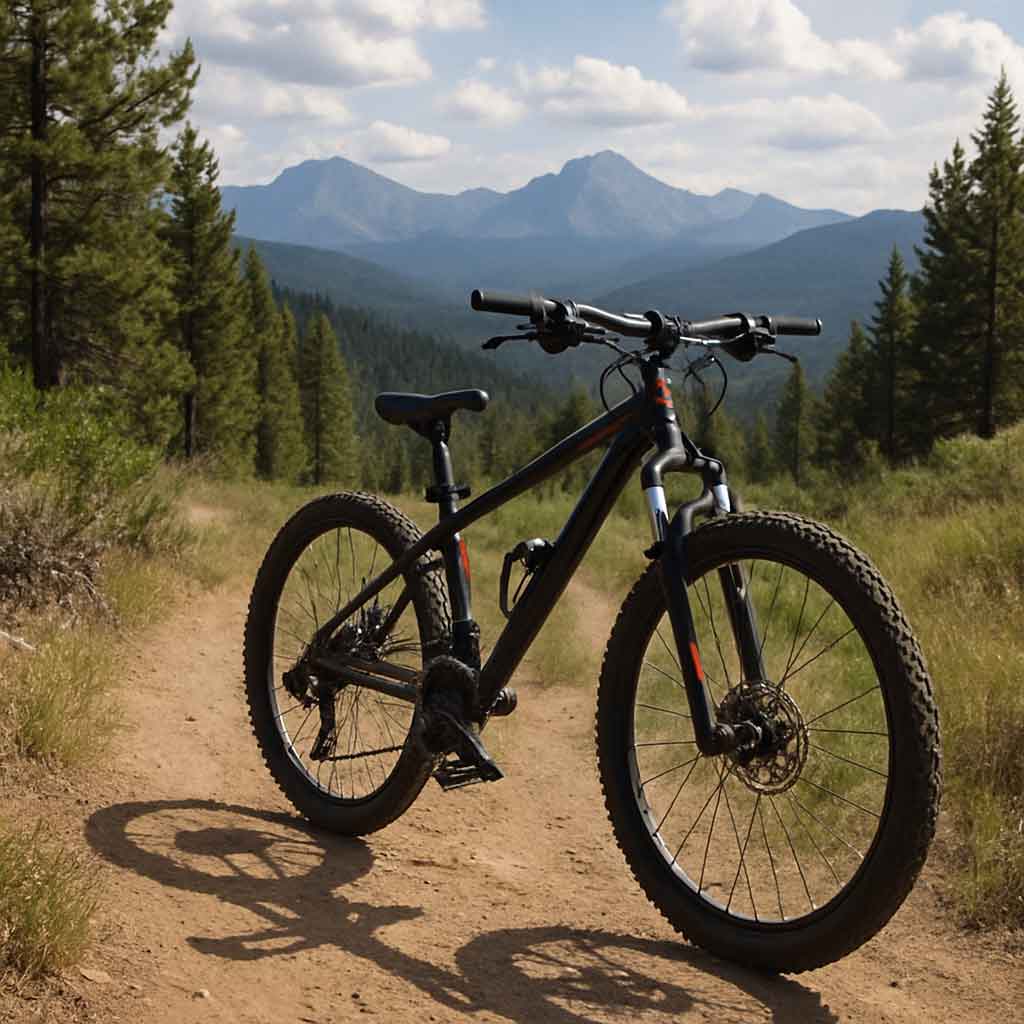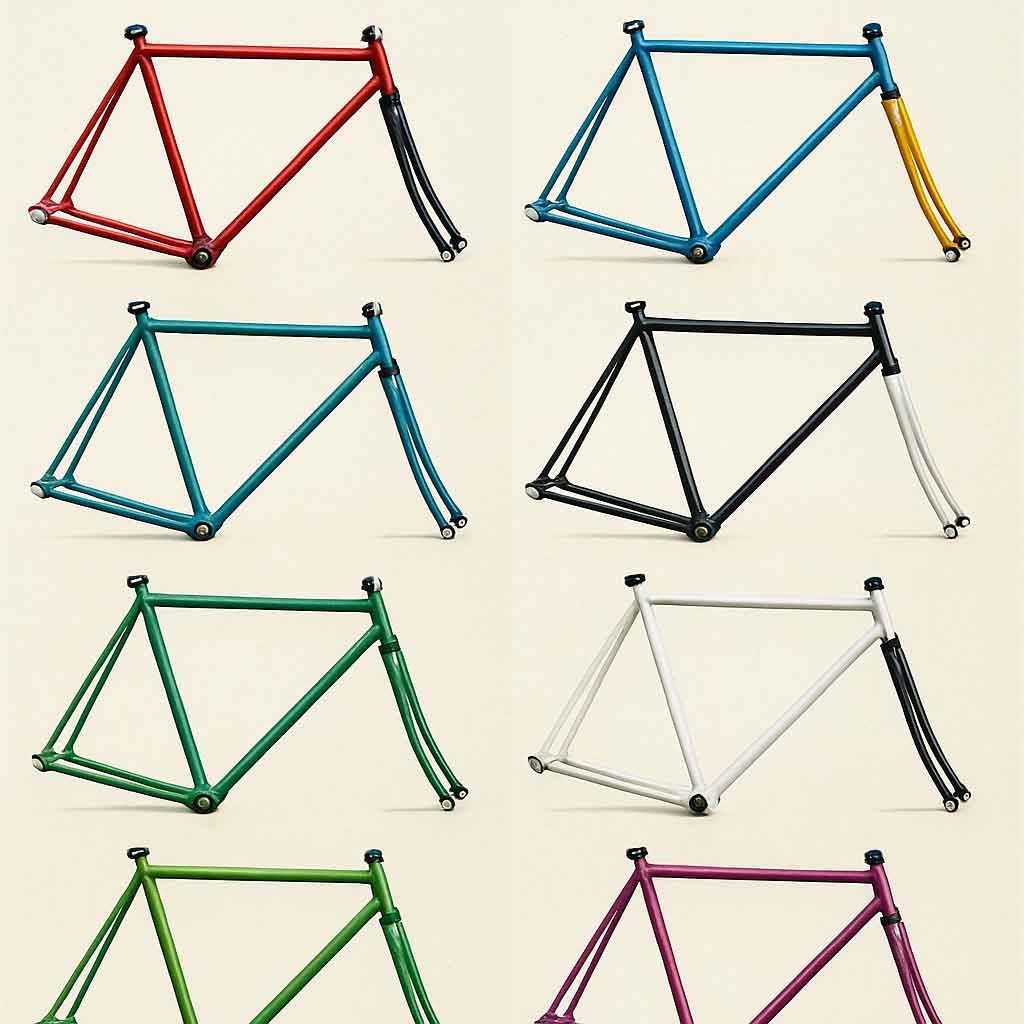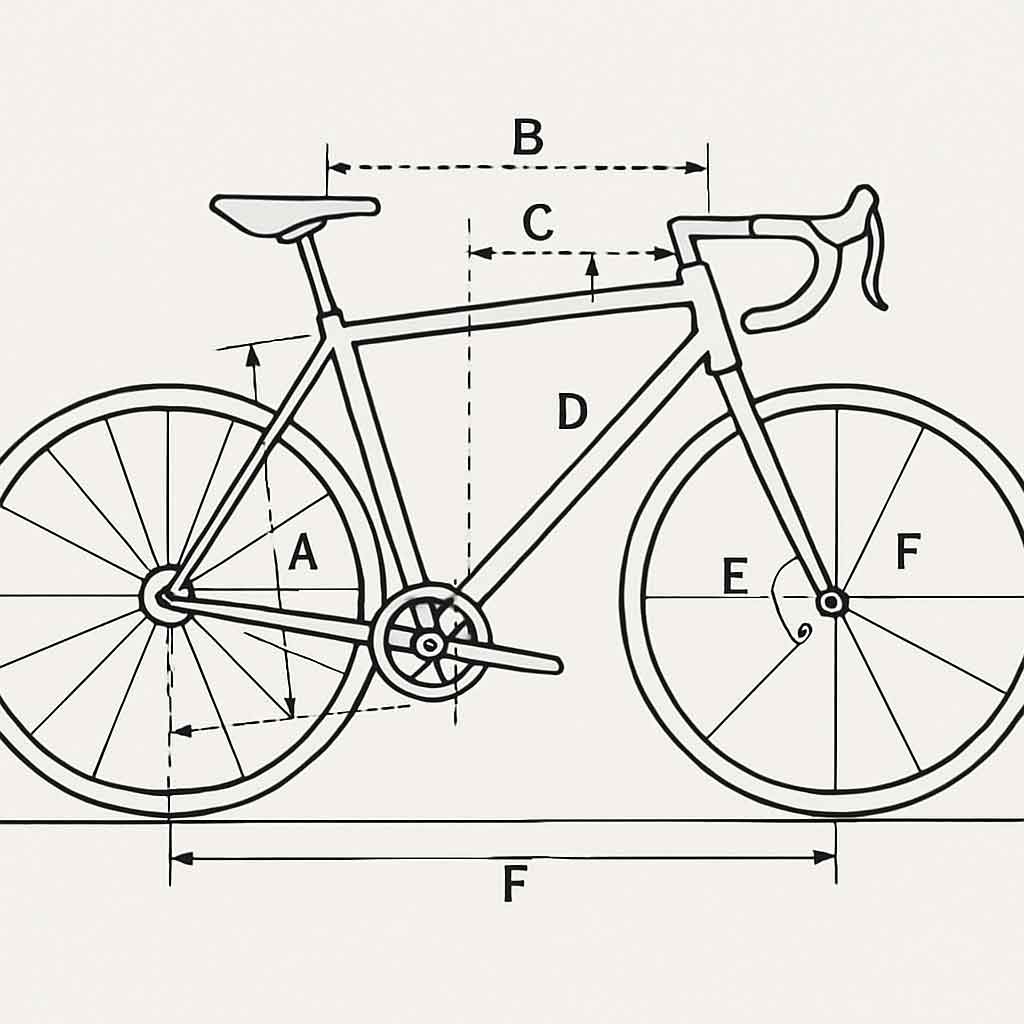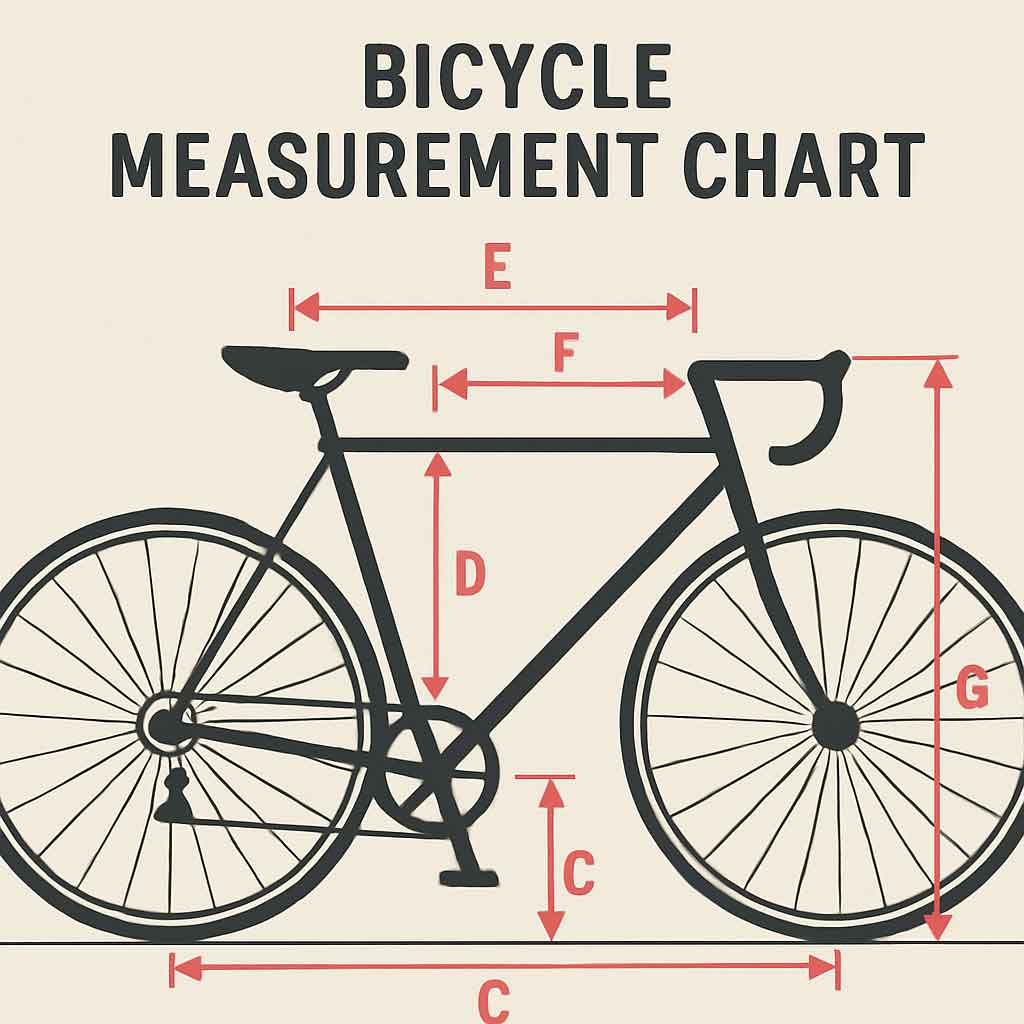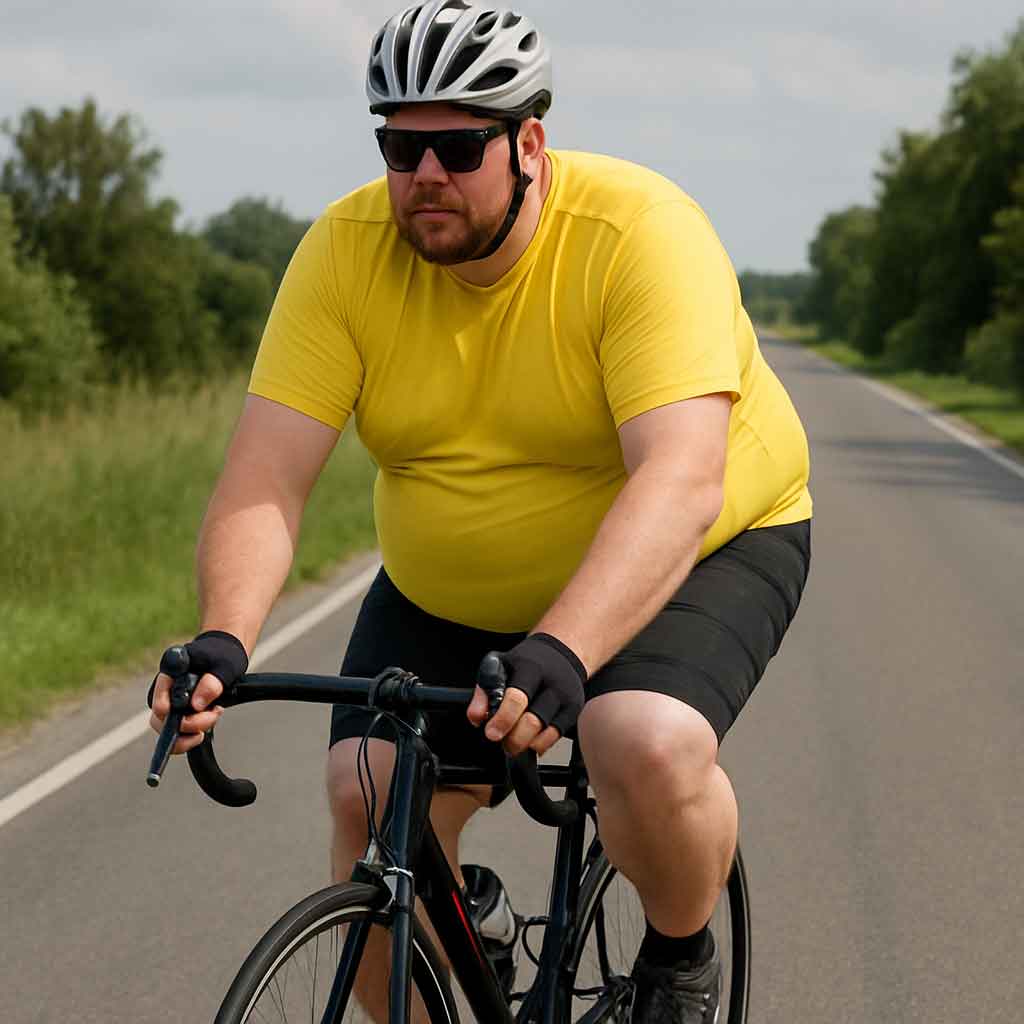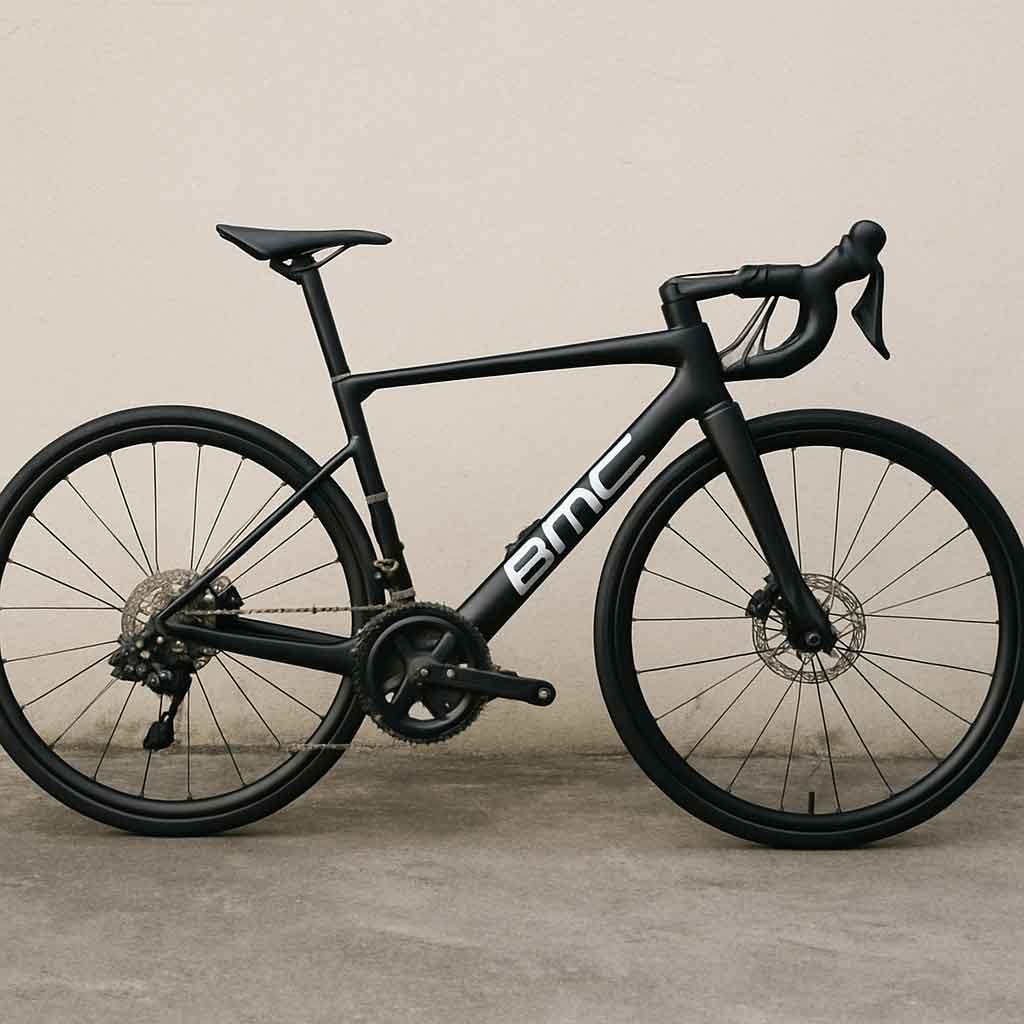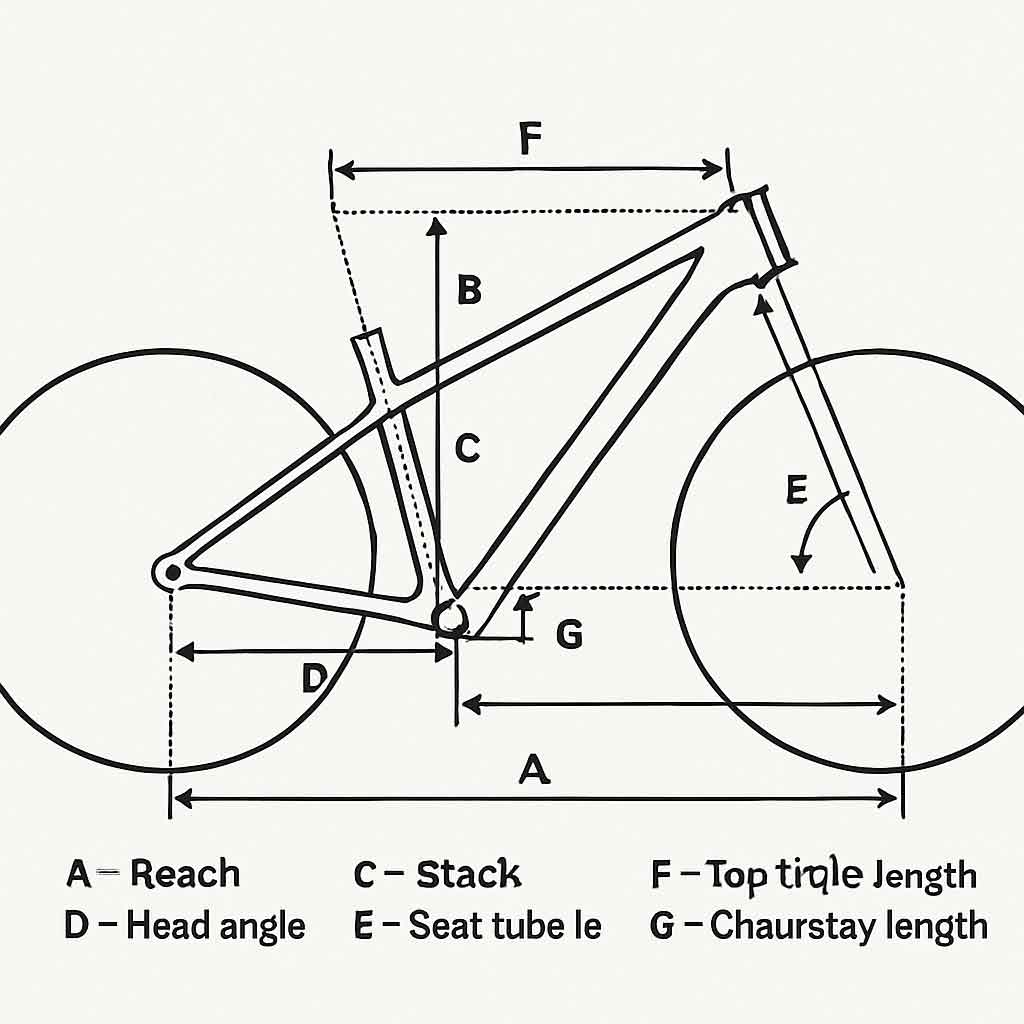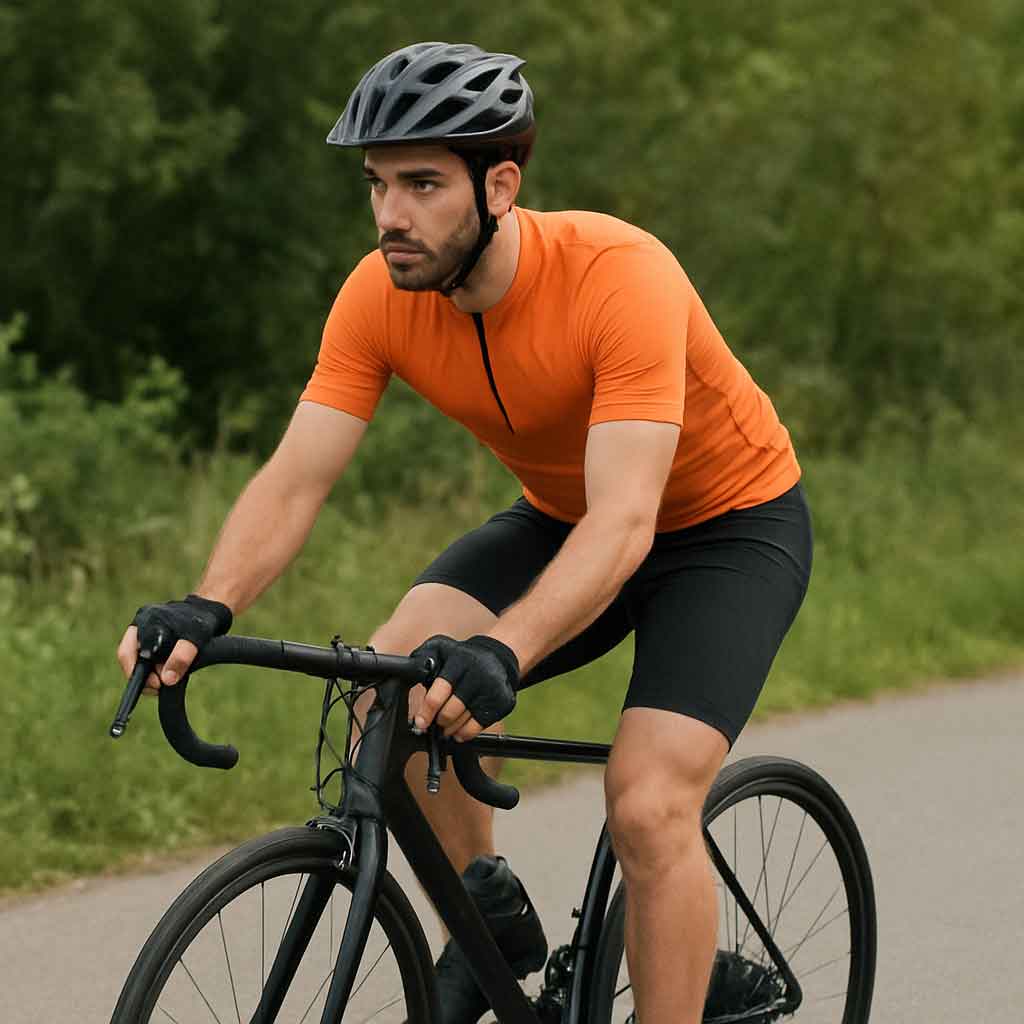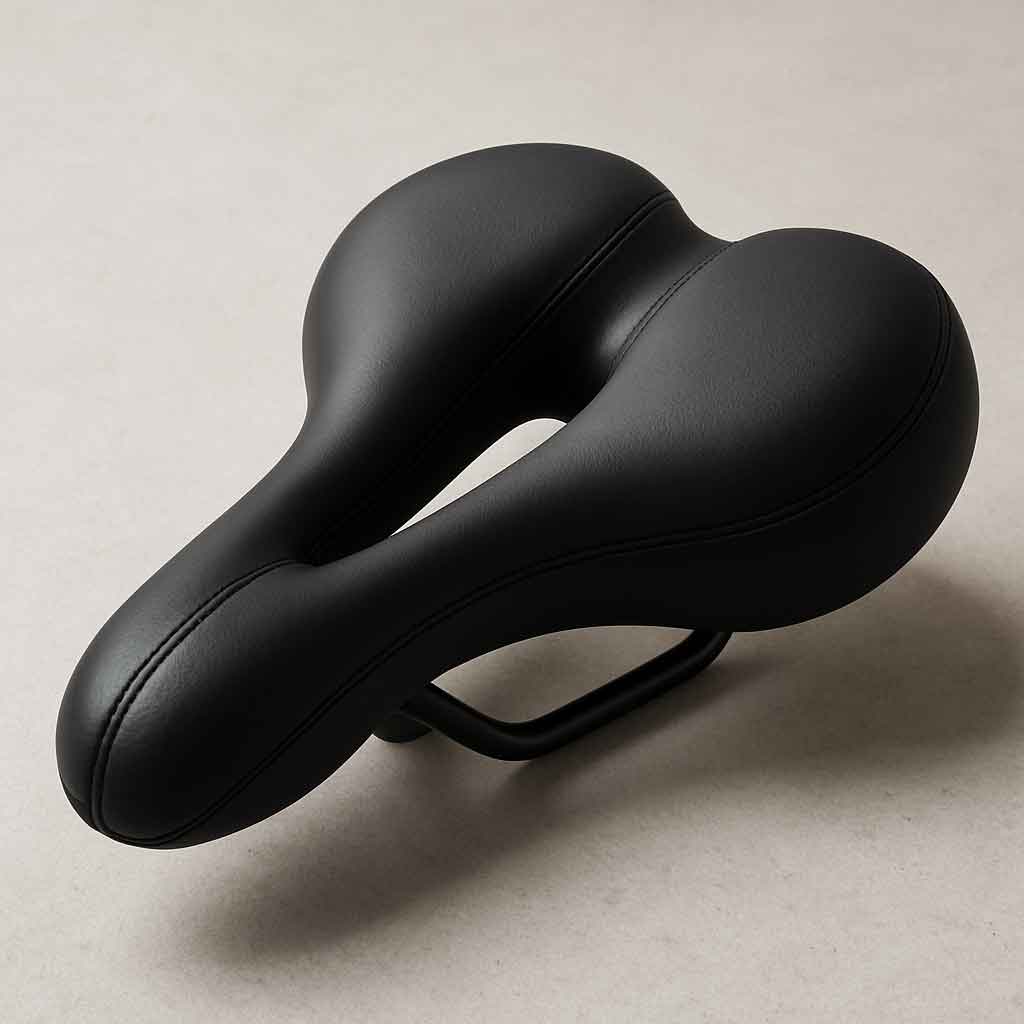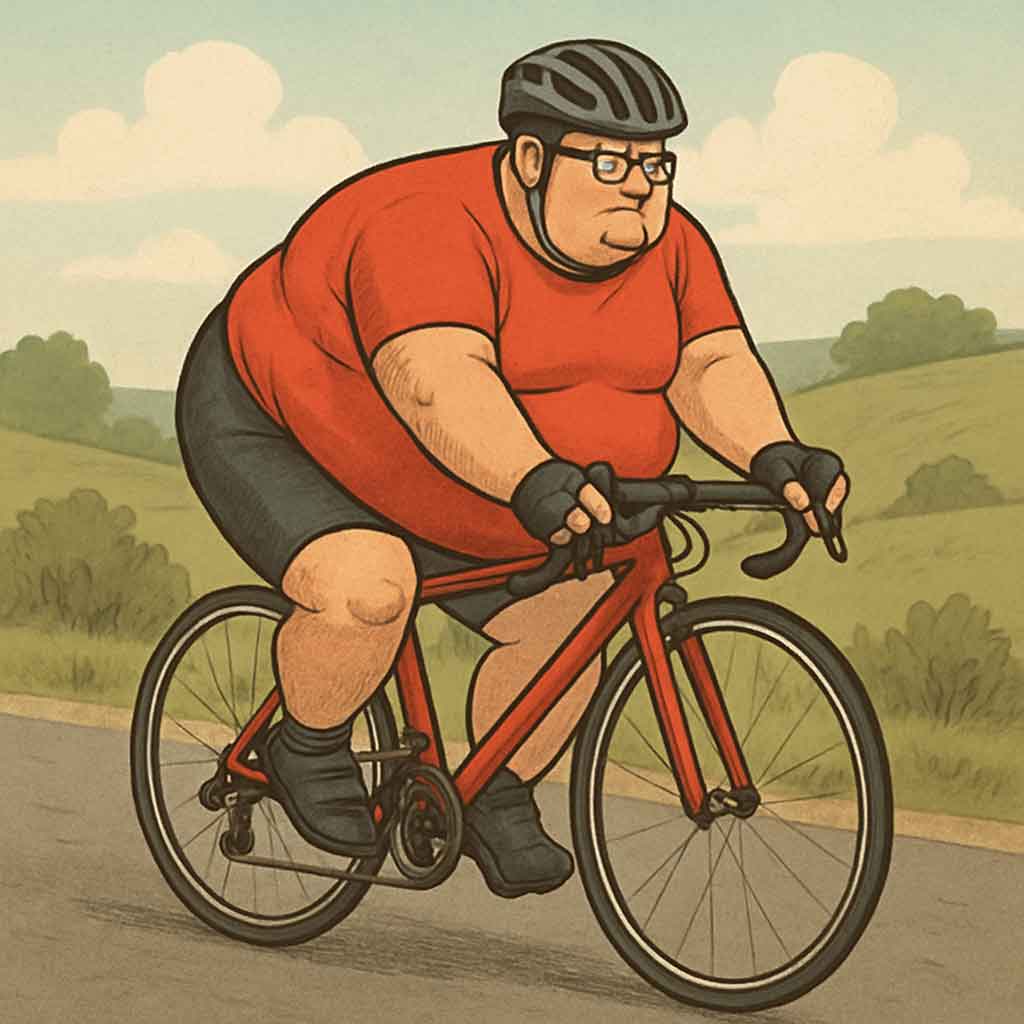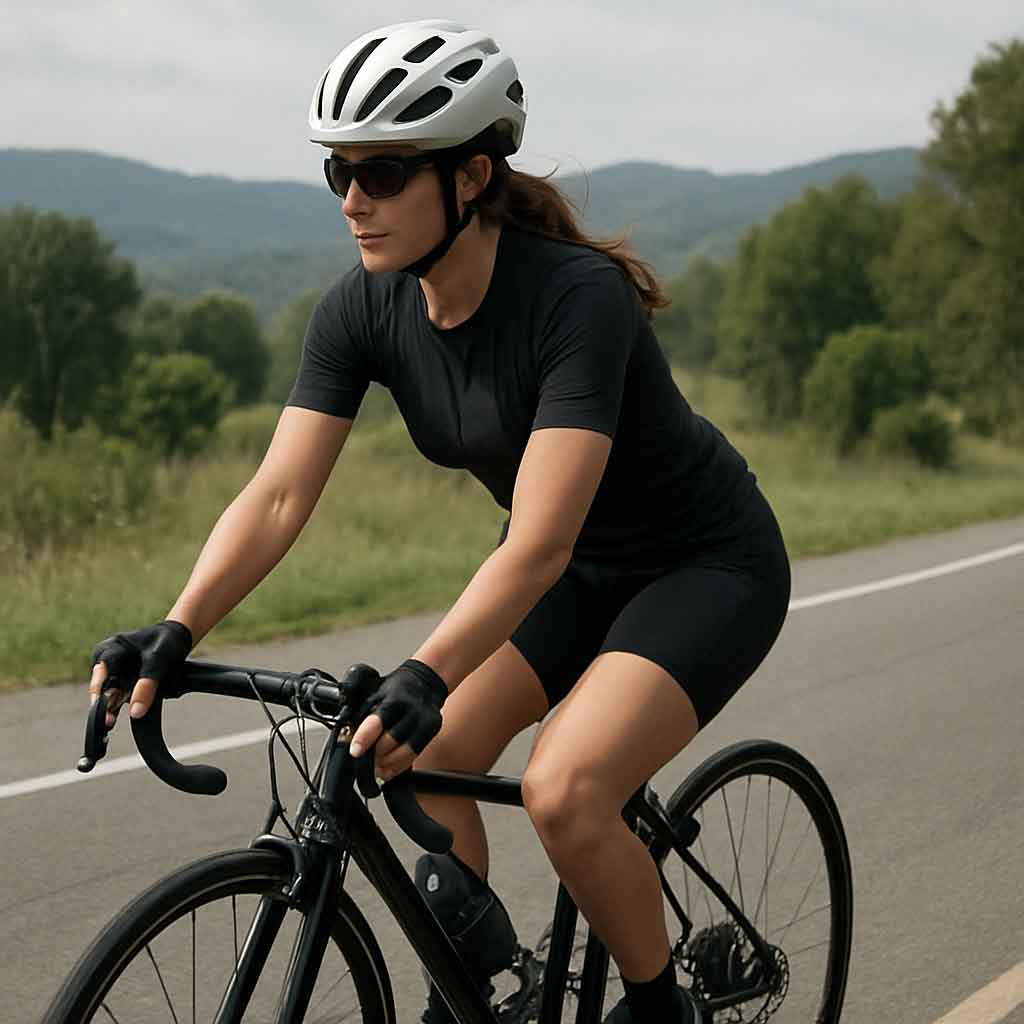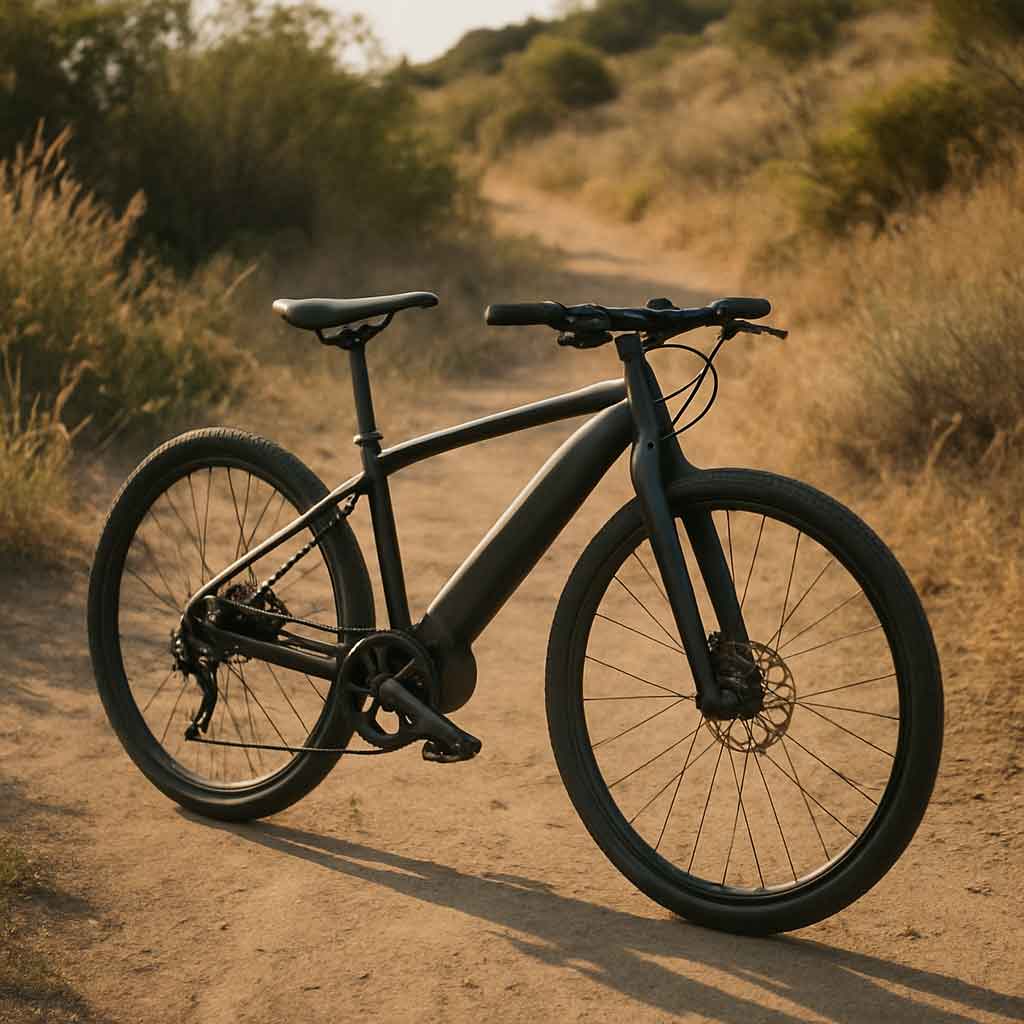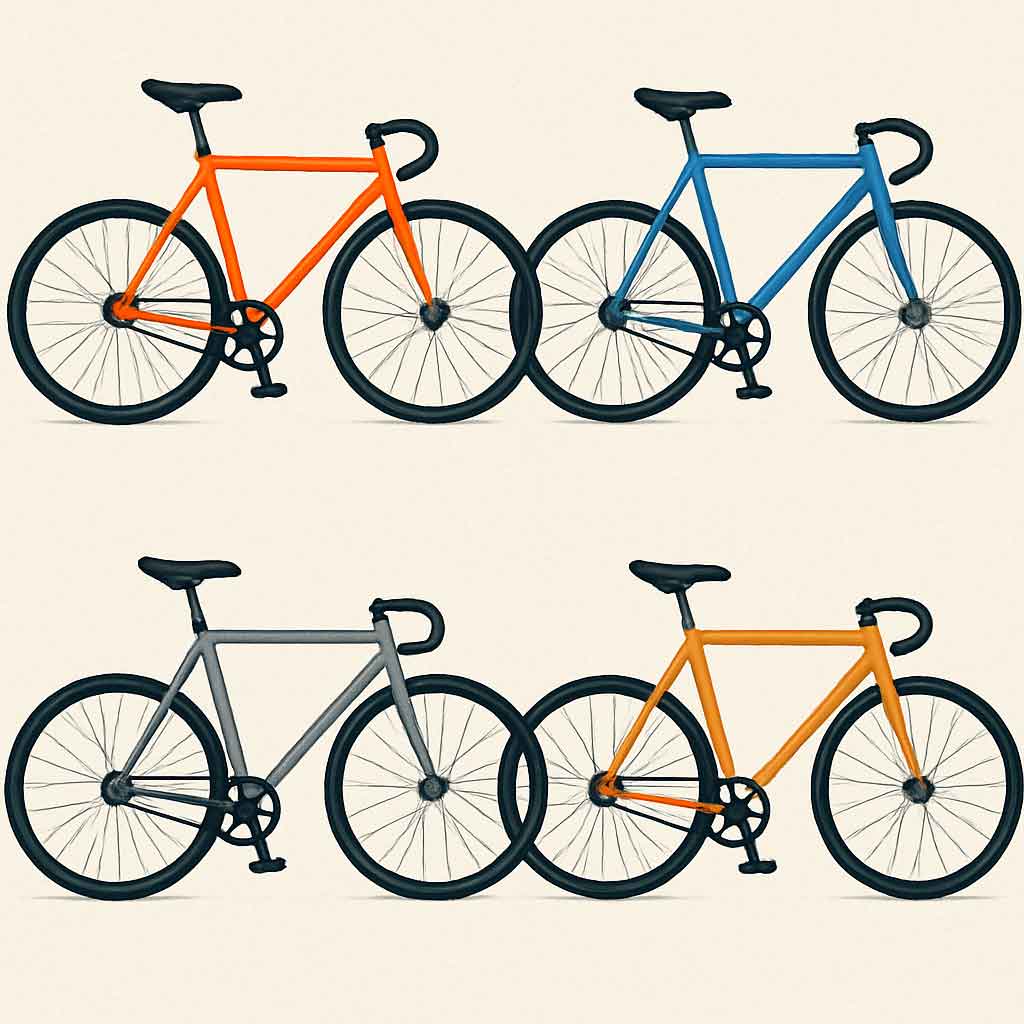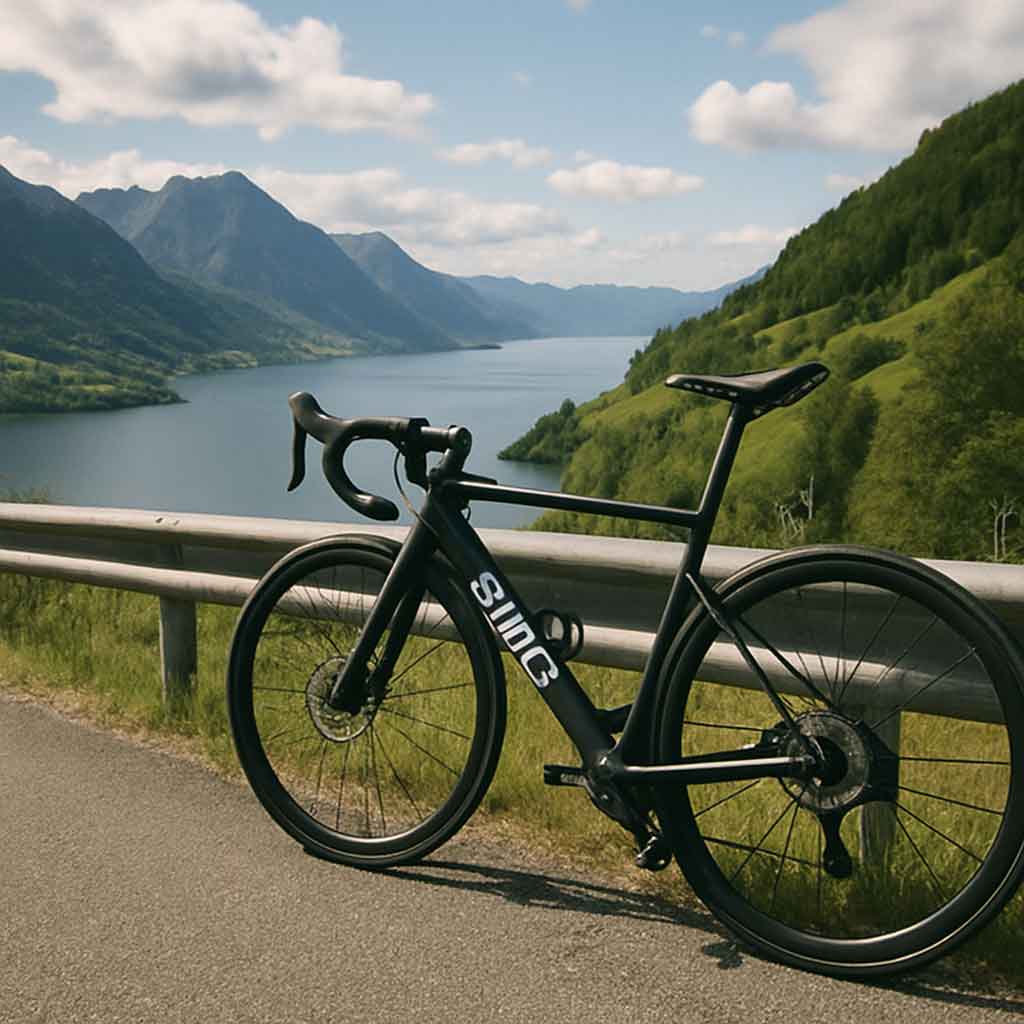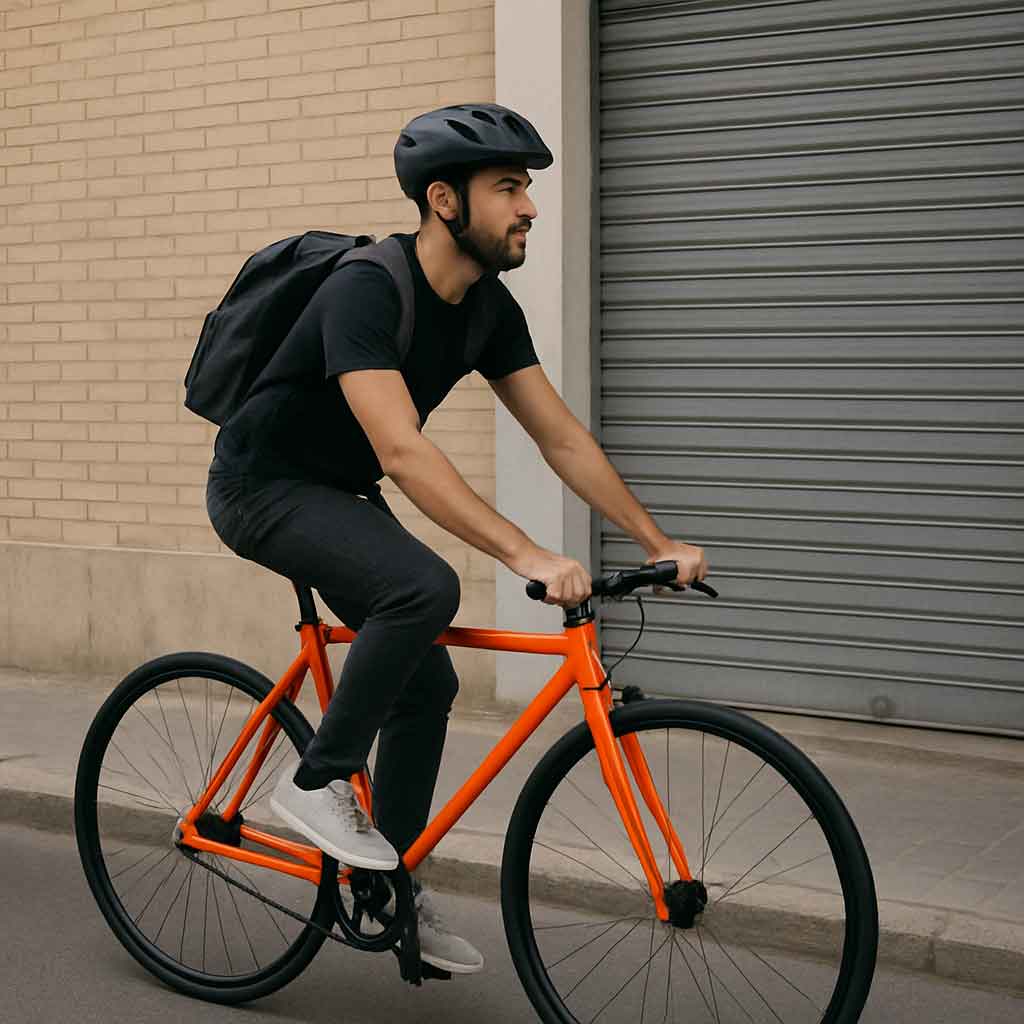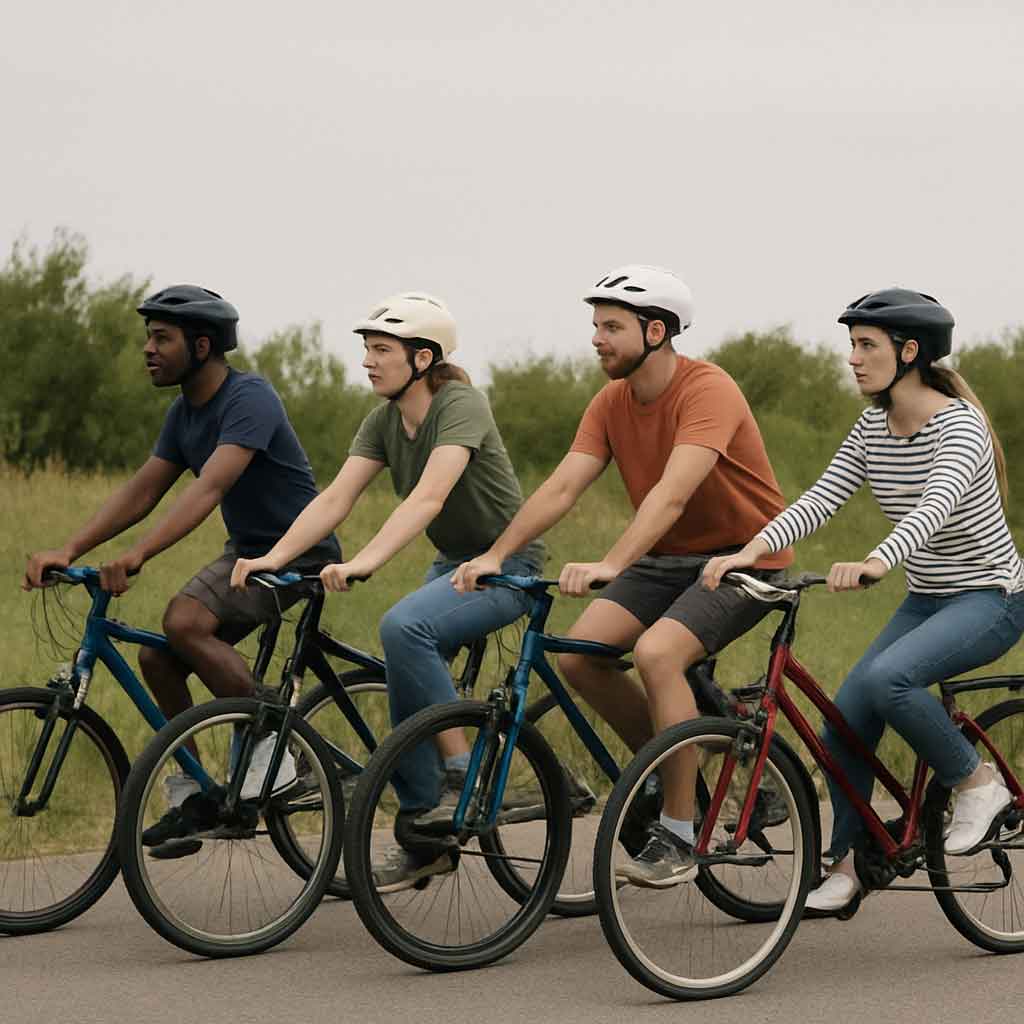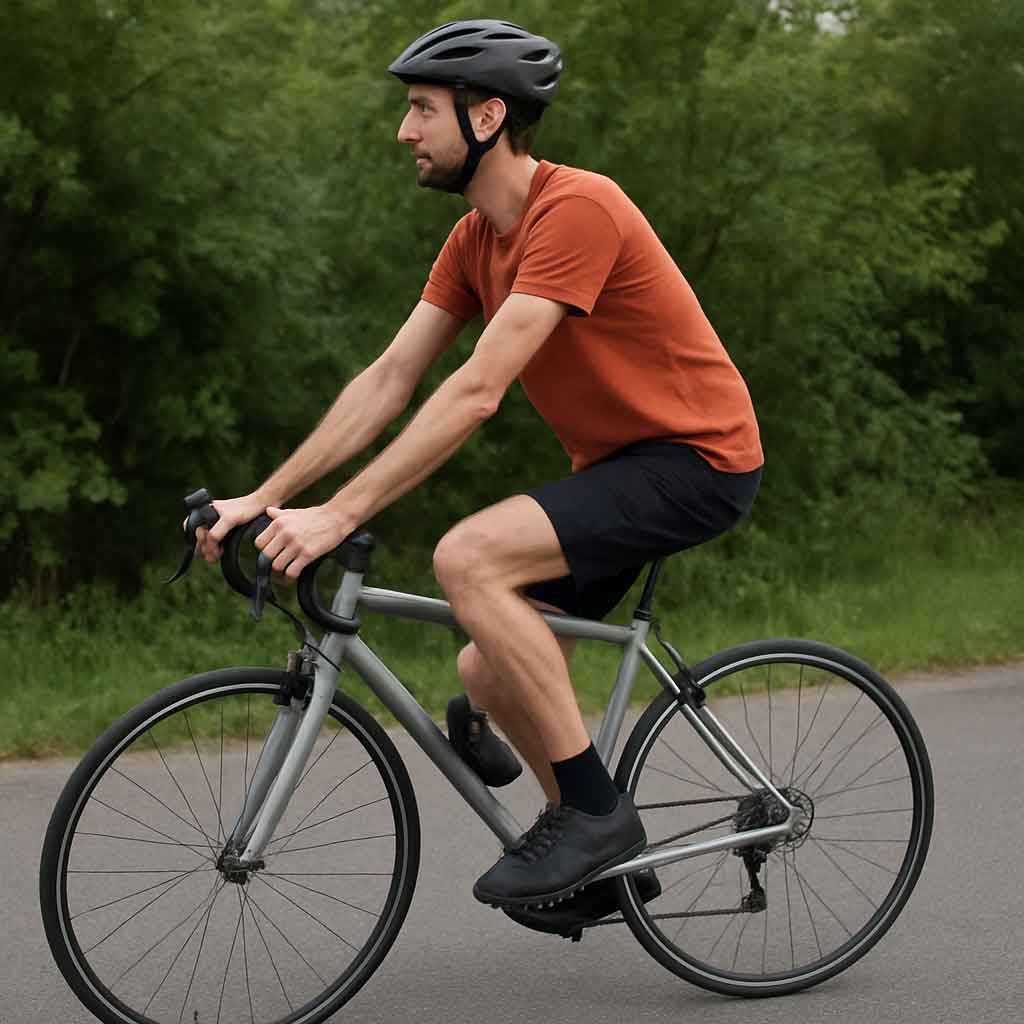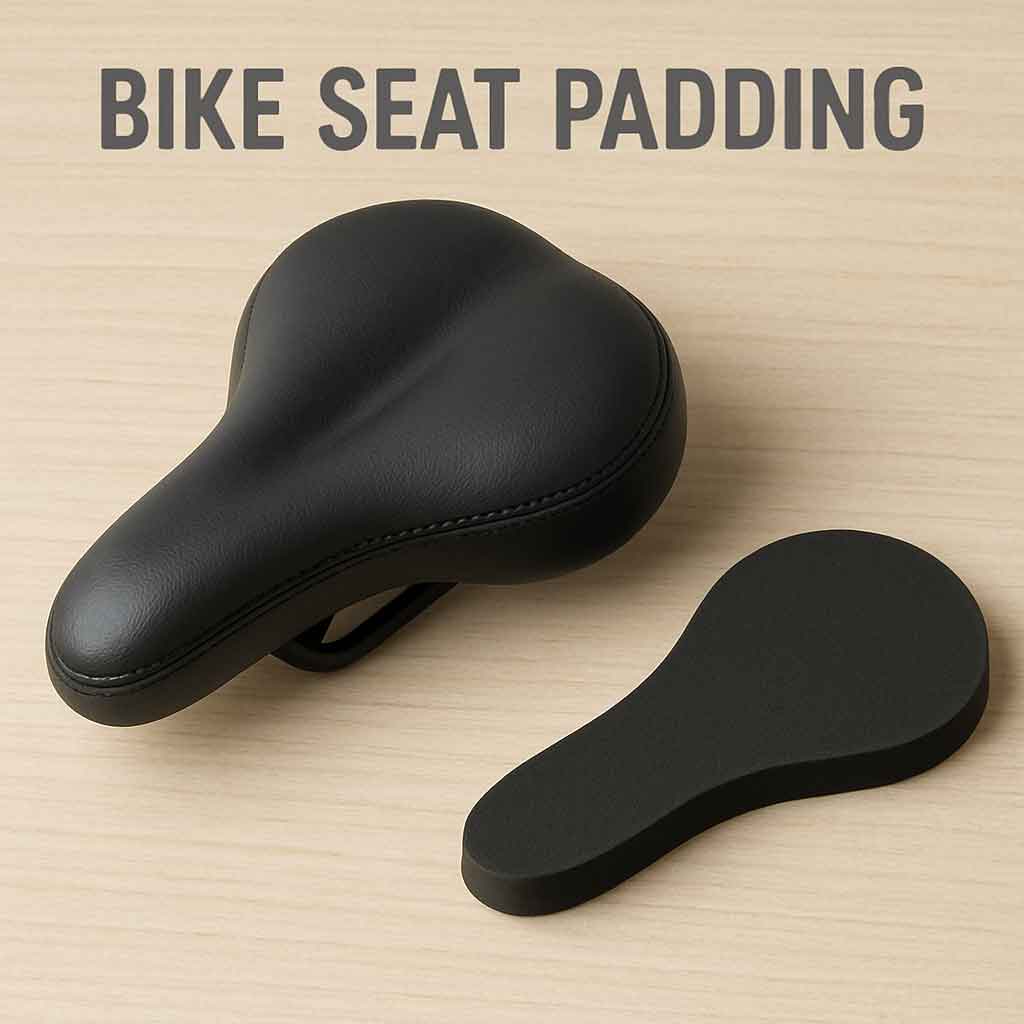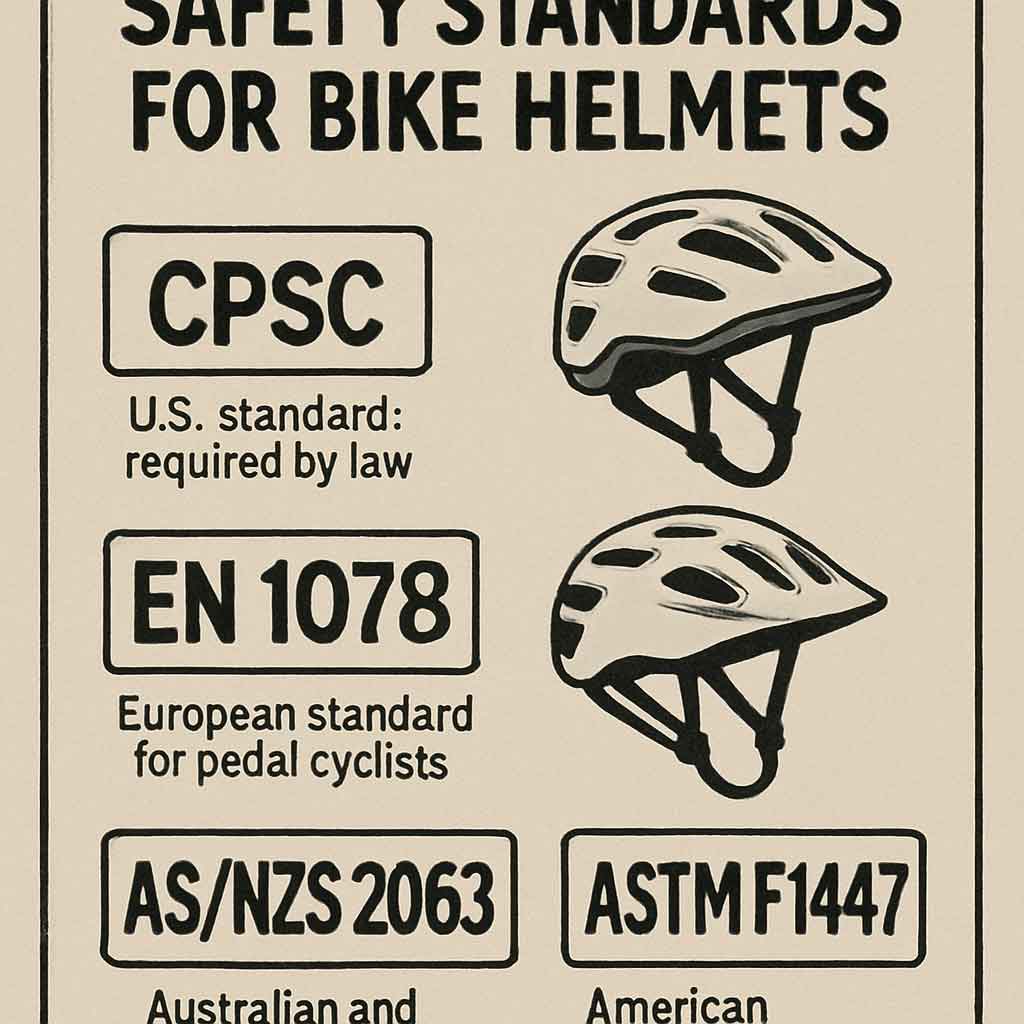
The Role of CPSC in Helmet Safety
The first thing to consider when shopping for a bicycle helmet is safety standards. In the United States, the Consumer Product Safety Commission (CPSC) sets the minimum safety requirements for bike helmets. CPSC standards ensure that helmets can withstand significant impact, protecting your head during falls or collisions. It's crucial to verify that any helmet you consider purchasing meets these standards to guarantee basic safety.
Beyond Basic Standards: Additional Certifications
Look for helmets that not only meet but exceed these standards. Some helmets may also have additional certifications from organizations like ASTM, Snell, or EN, which signify even higher safety standards. Helmets with these certifications have undergone rigorous testing, providing enhanced protection. Investing in a helmet with multiple certifications can offer peace of mind, knowing you're wearing one of the safest options available.
The Importance of Regular Updates to Safety Standards
Safety standards are not static; they evolve with advancements in technology and understanding of impact dynamics. It's important to stay informed about updates in these standards to ensure your helmet provides optimal protection. Manufacturers often update their designs to comply with new standards, so regularly check for these improvements when considering a new helmet purchase.
Key Features of the Best Road Bike Helmets
Aerodynamics and Design
A key aspect of the best road cycling helmets is their aerodynamic design. These helmets are crafted to reduce drag, allowing you to cut through the wind with minimal resistance. This feature is particularly important for road cyclists who aim to maximize speed and efficiency.
How Aerodynamics Enhances Speed
Aerodynamic designs are not just about aesthetics; they play a vital role in enhancing speed. The shape of the helmet directs airflow smoothly over the surface, minimizing turbulence and allowing for a faster ride. For competitive cyclists, this can make a significant difference in performance and energy conservation over long distances.
Balancing Aerodynamics with Safety
While aerodynamics are crucial, they should not come at the expense of safety. The best helmets strike a balance between sleek design and robust protective features. Look for helmets that integrate aerodynamic efficiency with reinforced structures that can absorb impact effectively.
Innovations in Helmet Design
Manufacturers are continually innovating to improve helmet design. From wind-tunnel testing to computer simulations, advanced techniques are used to refine the aerodynamic properties of helmets. These innovations not only enhance performance but also contribute to more comfortable and quieter rides.
Ventilation
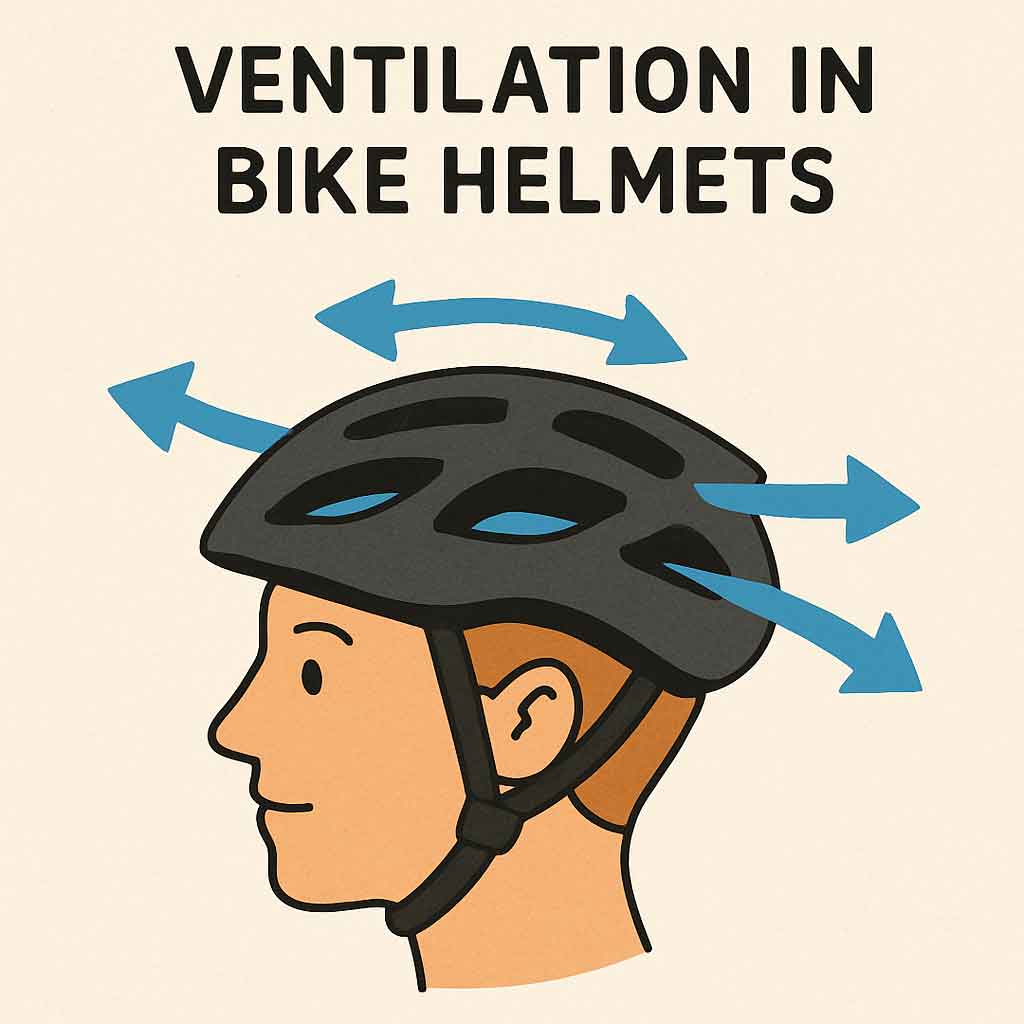
Ventilation is crucial for a comfortable ride, especially during warm weather. The best ventilated helmets for cycling have strategically placed vents that allow air to flow through the helmet, keeping your head cool. Look for designs with large vents and internal channels that promote airflow without compromising safety.
The Science Behind Ventilation
Effective ventilation in helmets involves more than just adding holes. The placement and size of vents are carefully designed to create airflow patterns that draw heat away from the head. This scientific approach ensures optimal cooling without compromising the helmet's structural integrity.
Balancing Ventilation with Protection
While ventilation is important, it must be balanced with protection. Large vents can potentially weaken a helmet's structure, so top designs use advanced materials and engineering to maintain safety. Consider helmets that offer removable vent covers, allowing you to adjust airflow based on weather conditions.
User Experiences with Ventilation
Many cyclists have specific preferences when it comes to ventilation. Some prefer helmets with maximum airflow for hot climates, while others opt for more coverage in cooler weather. Reading user reviews and trying on different models can help you find the right balance of ventilation and protection for your needs.
Weight Considerations
Lightweight bicycle helmets are essential for comfort over long rides. The lightest cycling helmets are made from advanced materials that provide robust protection without the bulk. A helmet that feels heavy can lead to discomfort and fatigue, so prioritize weight when making your selection.
Materials that Minimize Weight
Advanced materials like carbon fiber and polycarbonate are used to create lightweight helmets. These materials offer high strength-to-weight ratios, ensuring that helmets remain durable while being easy to wear. Understanding these materials can help you appreciate the technology behind lightweight helmet designs.
Impact of Weight on Long Rides
The weight of a helmet significantly impacts comfort during long rides. Heavier helmets can strain the neck and shoulders, leading to fatigue over time. Opting for a lightweight helmet can reduce this strain, allowing you to focus on your ride rather than discomfort.
Trade-offs Between Weight and Protection
While lightweight helmets are desirable, it's important to ensure they still offer adequate protection. Manufacturers achieve this balance by using materials and designs that enhance strength without adding unnecessary weight. Always verify that a lightweight helmet meets safety standards before purchase.
Fit and Comfort
Adjustable Fit Systems
A good fit is crucial for both comfort and safety. Most top-rated road bike helmets come with adjustable fit systems, such as a dial or slider, that let you customize the fit to your head size and shape. This ensures the helmet stays securely in place during your ride.
Types of Fit Systems
There are several types of fit systems available, each offering unique advantages. Dial-fit systems allow for precise adjustments, while slider systems provide quick, easy modifications. Understanding these options helps you choose a system that offers the best combination of security and convenience.
Importance of a Secure Fit
A well-fitting helmet is essential for safety, as it ensures the helmet remains in place during an impact. A loose helmet can shift during a crash, reducing its effectiveness. Ensure your helmet fits snugly around your head without causing pressure points or discomfort.
Trying Before You Buy
Whenever possible, try on helmets before purchasing. This allows you to test the fit and make adjustments to ensure comfort. If buying online, check return policies to ensure you can exchange the helmet if the fit isn't right.
Padding and Liner Materials
The interior padding of a helmet plays a significant role in comfort. Look for helmets with removable and washable pads made from moisture-wicking materials. These pads help manage sweat and keep you comfortable on long rides. Additionally, some helmets offer antimicrobial linings to reduce odors and bacterial growth.
The Role of Moisture-Wicking Materials
Moisture-wicking materials are essential for managing sweat and maintaining comfort. These materials draw moisture away from the skin, keeping you dry and reducing the risk of irritation. Helmets with moisture-wicking pads are particularly beneficial for long rides in warm conditions.
Benefits of Removable and Washable Padding
Removable padding is a practical feature that enhances hygiene. Being able to wash the pads regularly keeps the helmet fresh and free from odors. This is especially important for cyclists who ride frequently or in hot climates.
Advanced Liner Technologies
Some helmets incorporate advanced liner technologies, such as multi-density foams and antimicrobial treatments. These features enhance comfort and hygiene, making the helmet more pleasant to wear over time. Consider helmets with these technologies if you prioritize comfort and cleanliness.
Style and Aesthetics
While safety and comfort are paramount, aesthetics also matter to many cyclists. Cool men's bike helmets come in a variety of styles and colors, allowing you to express your personality. Whether you prefer a sleek, low-profile bicycle helmet or a bold, eye-catching design, there's a helmet out there that suits your taste.
Low-Profile Designs
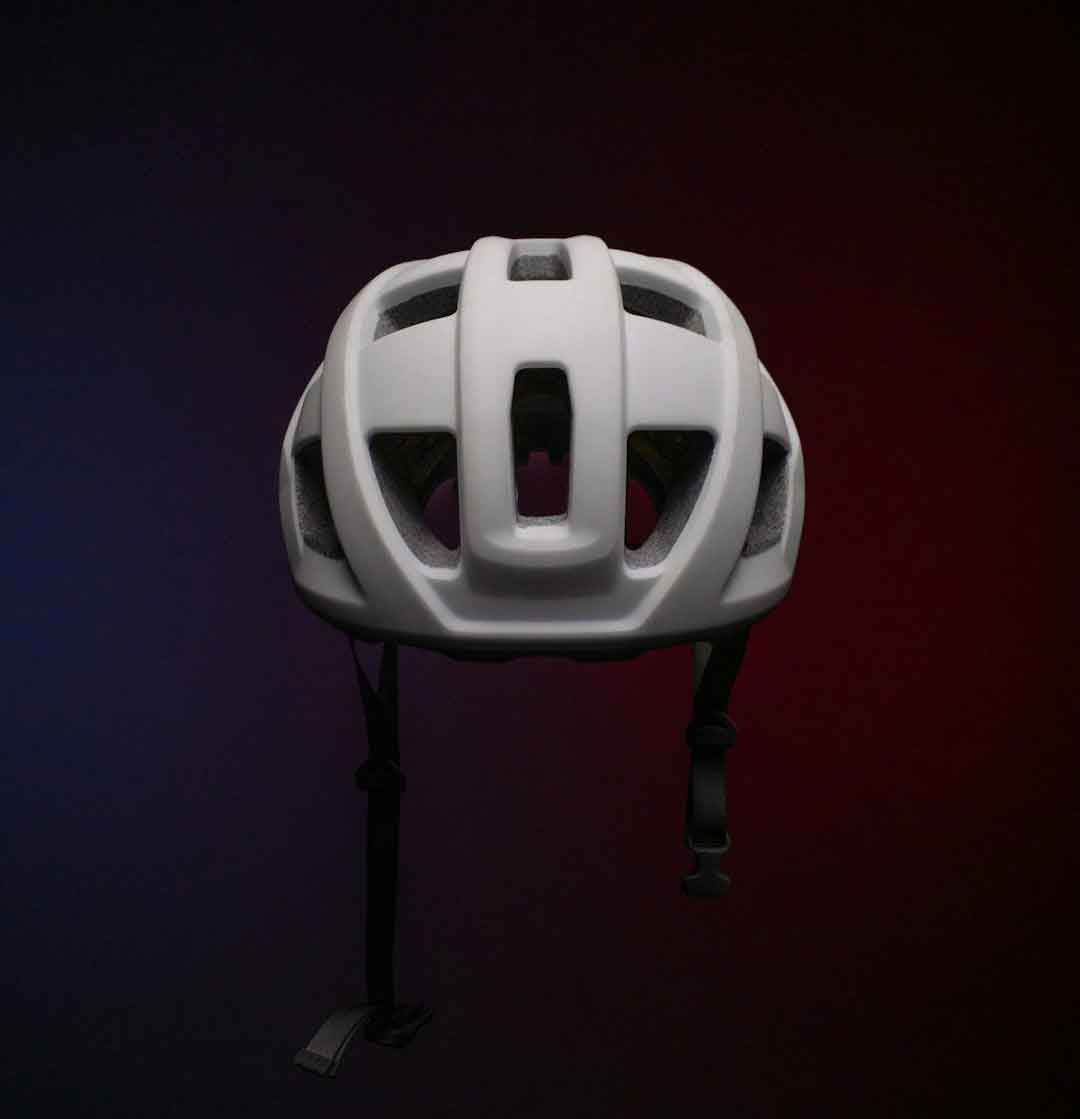
by Cobi Krumholz (https://unsplash.com/@cobikrumholz)
Low-profile helmets are popular among cyclists who prefer a minimalist look. These helmets sit closer to the head, offering a streamlined appearance without sacrificing safety. The lowest profile bicycle helmets combine sleek design with cutting-edge technology to provide protection without the bulk.
The Appeal of Minimalism
Minimalist designs appeal to cyclists who appreciate simplicity and elegance. Low-profile helmets achieve this by reducing bulk while maintaining essential protective features. This style is favored by those who value both aesthetics and practicality.
Combining Style with Functionality
Despite their sleek appearance, low-profile helmets don't compromise on functionality. Advanced design techniques ensure that these helmets provide ample protection and comfort. Manufacturers focus on integrating style with practical features, making these helmets both fashionable and effective.
Choosing the Right Low-Profile Helmet
Selecting the right low-profile helmet involves considering your personal style and cycling needs. Try different designs to see which fits best and complements your cycling gear. Remember, a stylish helmet should also meet safety standards and offer a comfortable fit.
Special Features to Consider
MIPS Technology
MIPS (Multi-directional Impact Protection System) is a safety feature found in some of the best cycling helmets. This technology is designed to reduce rotational forces on the brain during an impact. If you prioritize safety, consider investing in a helmet with MIPS technology.
How MIPS Works
MIPS technology involves a low-friction layer inside the helmet that allows multi-directional movement during an impact. This reduces the rotational motion transferred to the brain, potentially lowering the risk of certain types of head injuries. Understanding how MIPS works can help you appreciate its value in enhancing helmet safety.
Benefits of MIPS in Cycling Helmets
Helmets with MIPS technology offer enhanced protection against rotational forces, which are common in cycling accidents. This added layer of safety is particularly important for road cyclists, who often reach high speeds. Consider MIPS as a worthwhile investment in your overall safety.
Evaluating the Need for MIPS
Not every cyclist may feel the need for MIPS technology, depending on their riding style and risk level. However, for those who frequently ride at high speeds or in challenging conditions, MIPS provides an extra measure of protection. Assess your personal needs and preferences when deciding on this feature.
Integrated Lights and Reflectors
For cyclists who often ride in low-light conditions, helmets with integrated lights or reflectors can enhance visibility and safety. Some models feature built-in LED lights or reflective elements that make you more visible to drivers and other cyclists.
The Importance of Visibility
Visibility is crucial for safety, especially during early morning or evening rides. Integrated lights and reflectors increase your presence on the road, reducing the risk of accidents. This feature is particularly beneficial for commuters and those who frequently ride in urban areas.
Types of Integrated Lighting Features
Helmets come with various integrated lighting options, from simple reflectors to advanced LED systems. Some helmets offer multiple light settings, including steady and flashing modes, to suit different conditions. Choose a helmet with lighting features that best match your riding environment.
Balancing Lighting Features with Other Needs
While integrated lights and reflectors enhance safety, they should not compromise other helmet features. Ensure that helmets with lighting systems still provide the fit, comfort, and protection you require. Consider the battery life and ease of use of these features when making your selection.
Popular Helmet Brands
Giro Helmets
Is Giro a good helmet brand? The answer is a resounding yes. Giro is renowned for producing some of the best road bike helmets, offering a blend of style, comfort, and safety. Their range includes options for all types of cyclists, from beginners to seasoned pros.
The History of Giro
Giro has a long-standing reputation for innovation and quality in helmet design. Founded in 1985, the brand has consistently pushed the boundaries of cycling helmet technology. Understanding Giro's history and commitment to excellence can give you confidence in their products.
Popular Models from Giro
Giro offers a wide variety of helmets, each catering to different cycling needs and preferences. From aerodynamic road helmets to rugged mountain bike options, Giro's lineup is diverse. Explore their popular models to find one that suits your cycling style and requirements.
Customer Experiences with Giro
Many cyclists choose Giro for their reliability and performance. User reviews often highlight the brand's attention to detail and commitment to comfort. Reading customer experiences can provide valuable insights into the benefits and potential drawbacks of Giro helmets.
Other Top Brands
In addition to Giro, other reputable brands include Bell, Specialized, and Kask. Each of these brands offers a variety of helmets designed to meet the needs of different cyclists. Whether you're looking for the coolest looking bike helmets or the lightest bicycle helmet, these brands have you covered.
The Legacy of Bell Helmets
Bell Helmets has a rich history in the cycling industry, known for pioneering helmet safety standards. Their products are trusted by cyclists worldwide for their durability and protection. Bell's legacy of innovation makes them a reliable choice for cyclists seeking quality helmets.
Specialized's Approach to Design
Specialized is renowned for their focus on performance and rider experience. Their helmets are designed with input from professional cyclists, ensuring they meet the demands of serious riders. Specialized's commitment to innovation and quality is evident in their diverse helmet offerings.
Kask's Commitment to Quality
Kask helmets are synonymous with Italian craftsmanship and design excellence. Known for their attention to detail and use of premium materials, Kask helmets offer a blend of style and performance. Cyclists who prioritize aesthetics and functionality often gravitate towards Kask's offerings.
Choosing the Right Helmet for Your Needs
Road Biking vs. Other Cycling Styles
When selecting a helmet, consider your cycling style. Road biking helmets are designed for speed and efficiency, while helmets for mountain biking or commuting may prioritize different features, such as enhanced coverage or built-in visors.
Differences in Helmet Design
Different cycling styles require specific helmet designs to address unique needs. Road bike helmets focus on aerodynamics and lightweight construction, while mountain bike helmets offer more coverage and durability. Understanding these differences helps you choose a helmet that suits your riding style.
Features to Look for in Different Styles
Each cycling discipline has distinct requirements, and helmets are designed accordingly. For road biking, look for features like ventilation and aerodynamics. For mountain biking, consider helmets with visors and reinforced structures. Commuters may benefit from helmets with integrated lights and urban-friendly designs.
Matching Helmet Features to Cycling Goals
Your cycling goals play a crucial role in choosing the right helmet. Whether you're training for a race, exploring trails, or commuting to work, select a helmet that complements your objectives. The right helmet enhances your riding experience and ensures safety across different environments.
Personal Preferences and Budget
Ultimately, the best helmet for you is one that fits your personal preferences and budget. While it can be tempting to choose the most affordable option, investing in a high-quality helmet is a wise decision for your safety and comfort.
Balancing Cost and Quality
Finding the right balance between cost and quality is essential when choosing a helmet. While budget-friendly options exist, they may lack advanced features or certifications. Consider investing in a mid-range or premium helmet that offers the best combination of protection and value.
Prioritizing Features Based on Personal Needs
Every cyclist has unique preferences and requirements when it comes to helmet features. Prioritize aspects like ventilation, fit, or aesthetics based on what matters most to you. This approach ensures that your helmet not only protects but also enhances your riding experience.
Exploring Different Brands and Models
Take the time to explore various brands and models to find the perfect helmet. Each brand offers different strengths and features, so comparing options can help you make an informed decision. Don't hesitate to seek advice from fellow cyclists or professionals to ensure you choose the best helmet for your needs.
Conclusion
Choosing the right bicycle helmet for men involves considering a variety of factors, from safety standards and fit to style and special features. By prioritizing what matters most to you, such as ventilation, weight, or aesthetics, you can find a helmet that not only protects but also enhances your riding experience.
Remember, a helmet is an essential piece of cycling gear that can make all the difference in your safety and performance on the road. Invest wisely, and enjoy the ride with peace of mind.

